Creating a functional and stylish small living room involves strategic choices that maximize every square inch while maintaining visual appeal. Key strategies include selecting multi-functional furniture that doubles as storage or seating, embracing light and monochromatic color schemes to enhance brightness, and incorporating mirrors and lighting to amplify space. Vertical storage solutions like floating shelves and built-in cabinets keep clutter at bay, while area rugs and accent walls define distinct zones. Personal touches—gallery walls, greenery, and statement lighting—infuse personality without overwhelming. By leveraging these design principles, even the most compact living rooms can become comfortable, inviting havens that feel both spacious and thoughtfully curated.
1. Opt for Multi-Functional Furniture
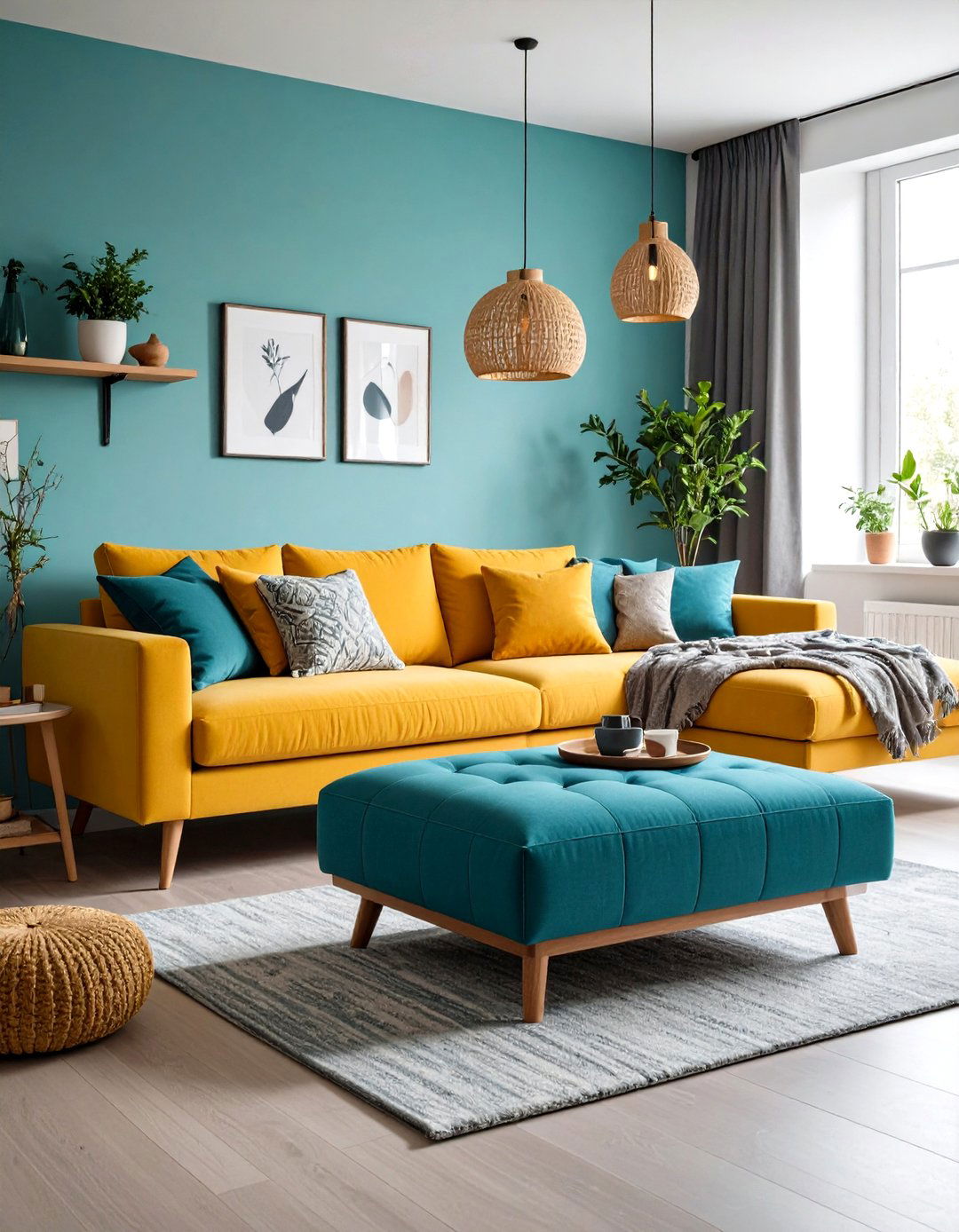
In a small living room, every piece of furniture should serve more than one purpose to conserve space without sacrificing functionality. Storage ottomans, sofa beds, and coffee tables with hidden compartments are ideal choices, providing seating or a sleeping area while keeping belongings neatly tucked away. A storage ottoman can replace a bulky coffee table, offering both a place to rest your feet and a discreet spot for blankets or books. Similarly, a sofa bed allows you to accommodate overnight guests without dedicating floor space to a permanent bed. By thoughtfully integrating multi-functional pieces, you streamline the layout and maintain an uncluttered appearance, essential for making small spaces feel larger and more organized.
2. Embrace Light Color Palettes
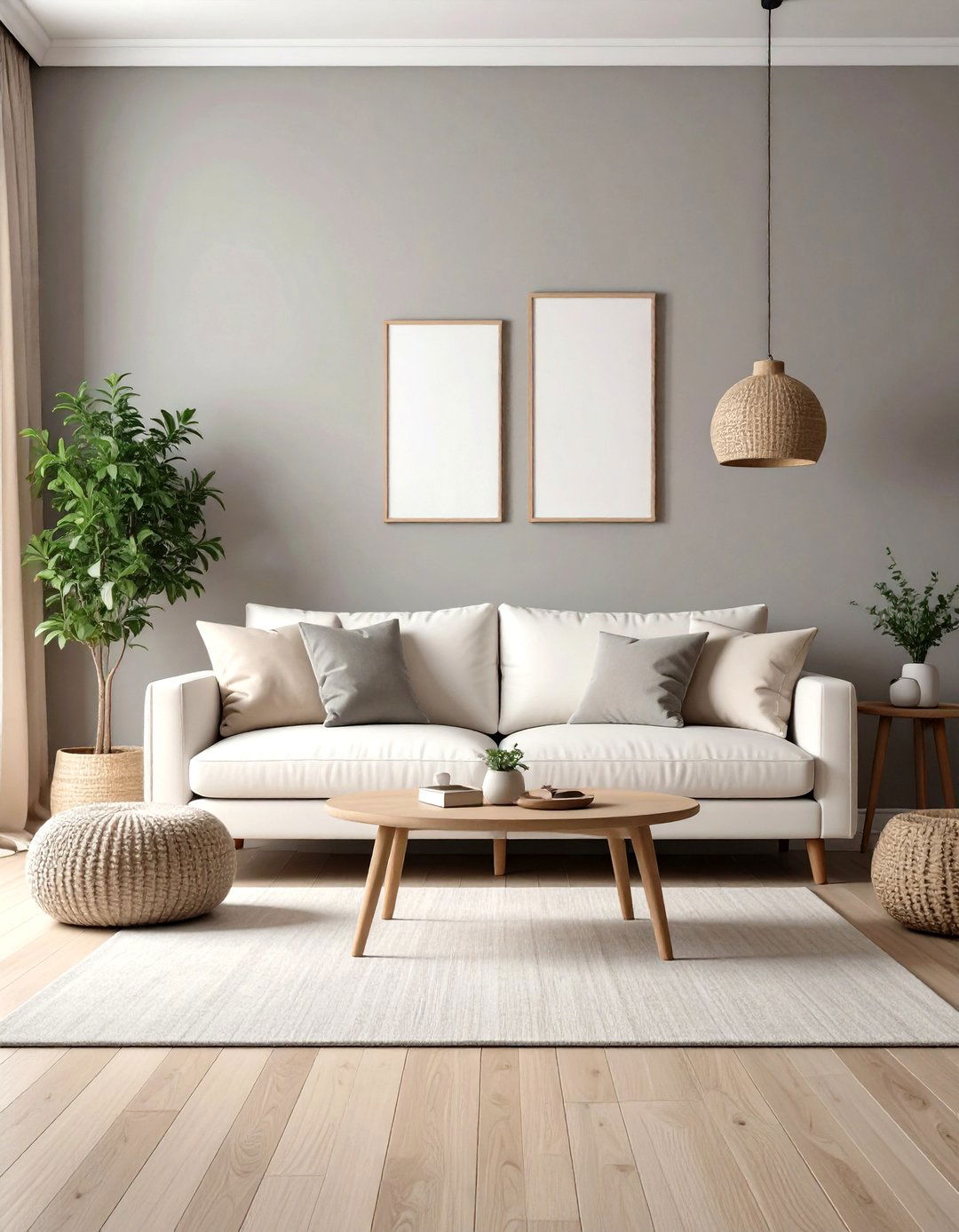
Light, neutral hues such as crisp whites, soft grays, and pale beiges reflect natural and artificial light, creating the impression of a larger, airier room. Designers often recommend warm whites like “Simply White” or “Flint” to avoid flatness and introduce subtle warmth that enhances coziness. Pastel tones and soft neutrals also work well, providing a serene backdrop that complements diverse decor styles. Painting the ceiling a shade lighter than the walls further elevates the sense of height, drawing the eye upward and opening up the room. A light palette not only maximizes brightness but also serves as a neutral canvas for accent pieces.
3. Use Mirrors to Amplify Space
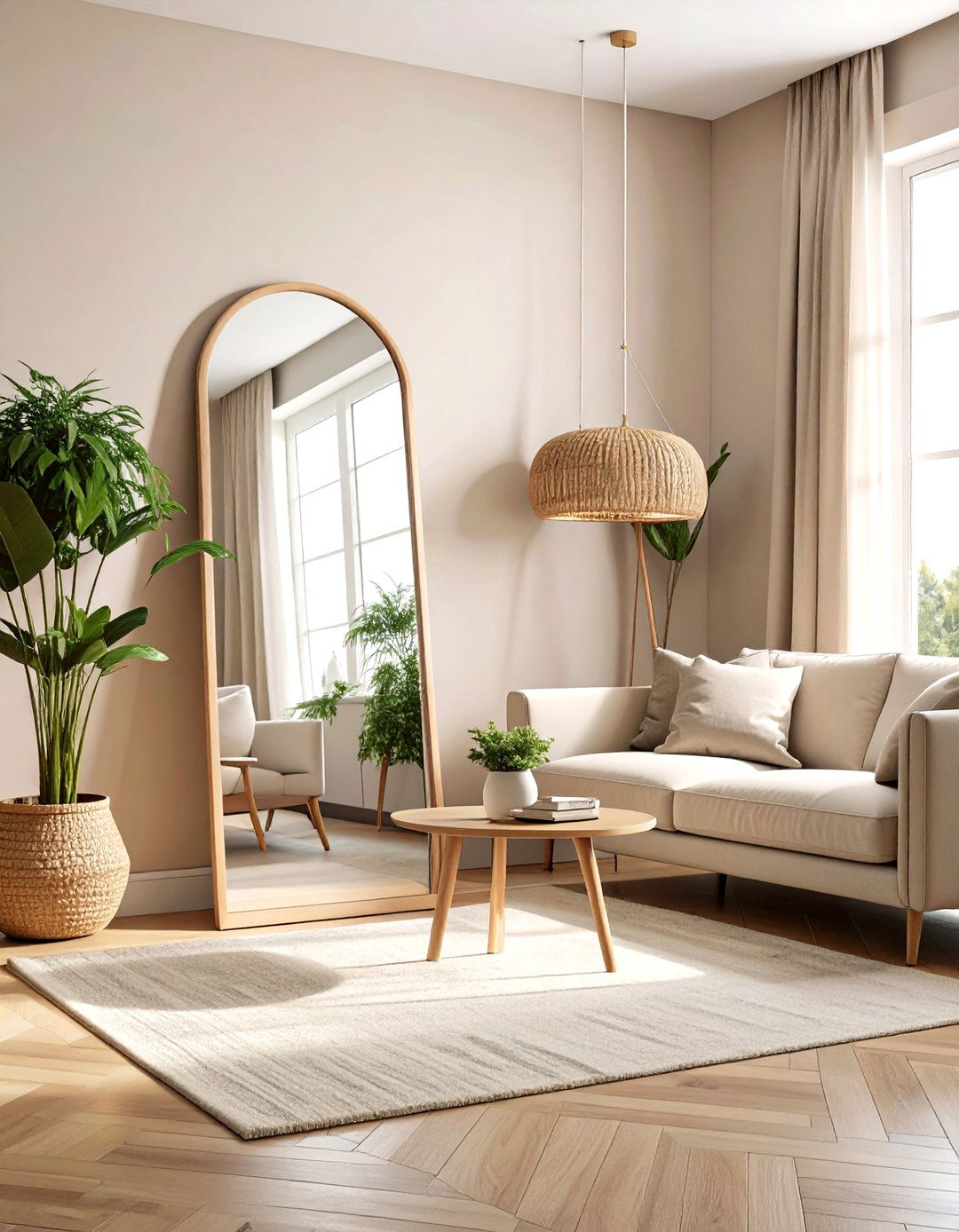
Strategically placing mirrors opposite windows or light sources doubles the amount of reflected light, visually expanding the room’s dimensions. A large floor mirror leaning against the wall or a gallery arrangement of smaller mirrors creates the illusion of depth and openness. Mirrors with decorative frames can also function as focal points, adding interest without consuming precious square footage. For maximum effect, select a mirror that spans the width of a piece of furniture, such as a compact console table, to balance proportions and enhance light distribution. This simple trick dramatically increases perceived space and brightness in cozy living areas.
4. Install Floating Shelves for Vertical Storage
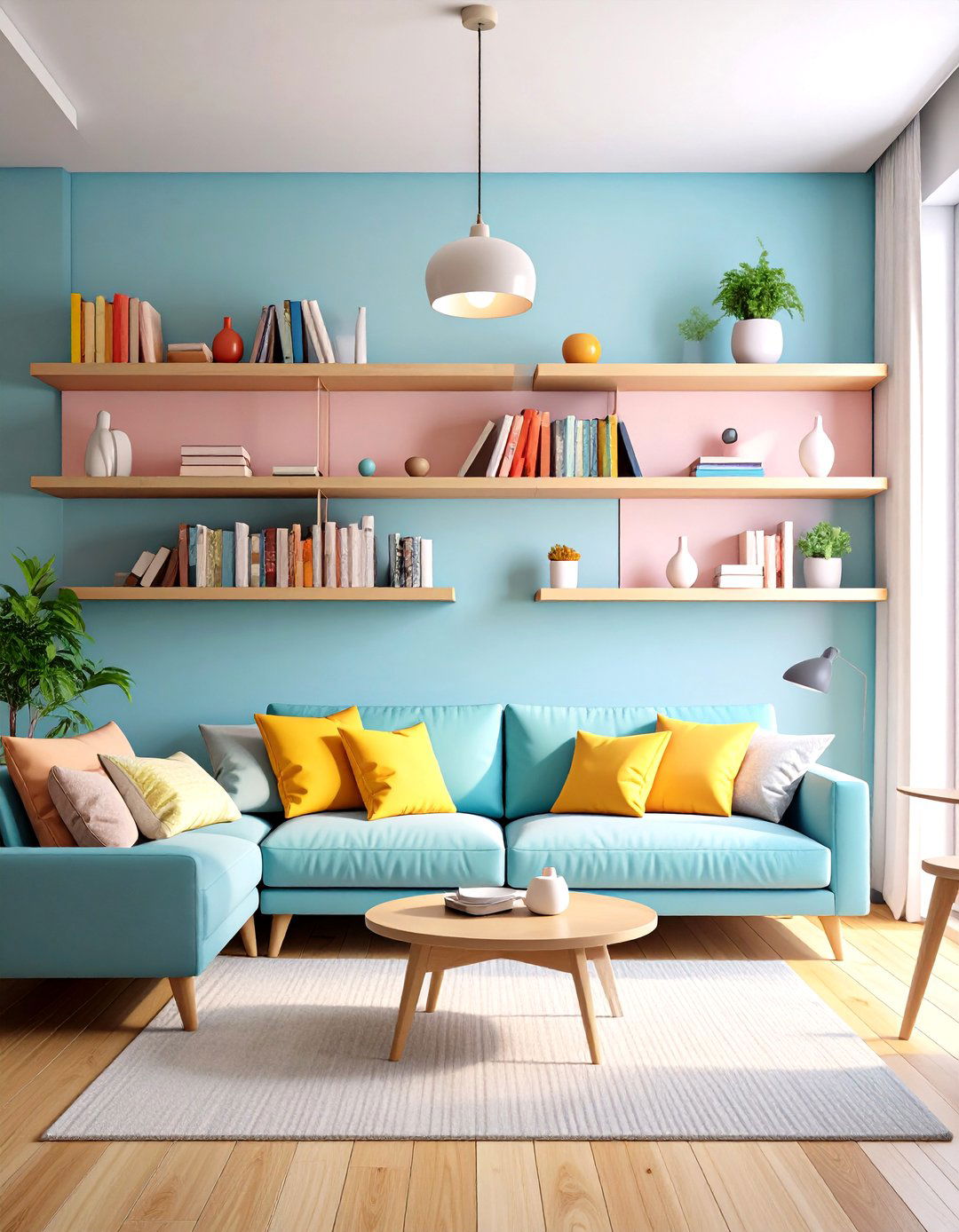
Floating shelves are a stylish way to utilize vertical wall space while keeping floors clear, reducing visual clutter in small rooms. They’re perfect for displaying books, art, and decorative objects without the bulk of traditional shelving units. By arranging shelves at varying heights, you create a dynamic gallery wall that draws the eye upward, emphasizing ceiling height and enhancing spatial perception. Choose slim-profile brackets and light-toned materials to maintain an airy feel, or opt for wood finishes that add warmth without overwhelming the room. Floating shelves also allow for easy customization as your storage needs evolve.
5. Select Slim, Scaled-Down Furniture
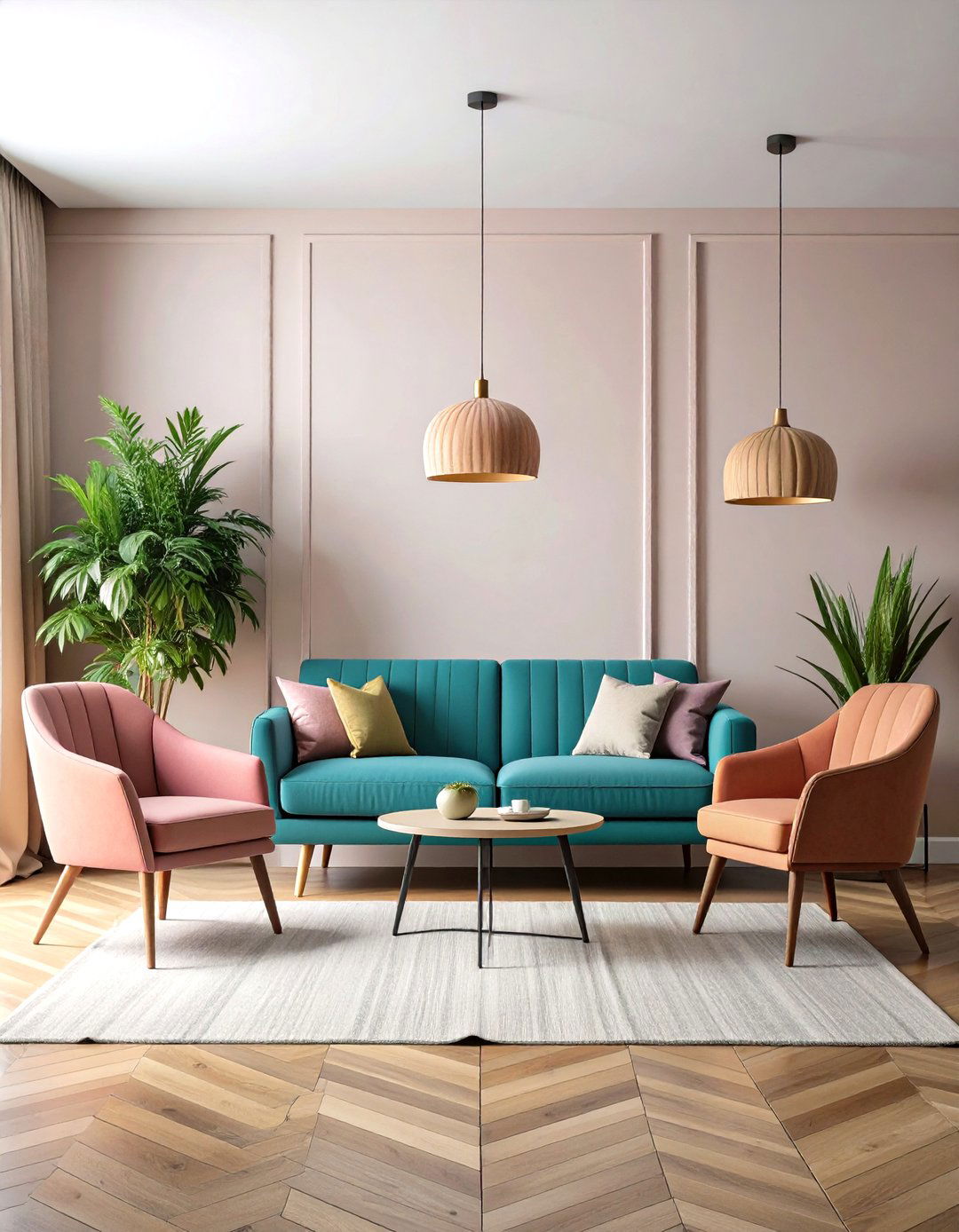
Opting for furniture with tapered legs, narrow arms, and compact proportions ensures pieces don’t overpower limited floor space. A streamlined loveseat or armless accent chairs can provide ample seating while preserving walking paths. Look for items with exposed legs to allow more light under and around them, which creates a sense of openness. Slim-profile sofas and side tables can be arranged to maximize flow and avoid cramped corridors. By choosing furniture scaled to your room’s dimensions, you maintain functionality without compromising comfort or style.
6. Declutter with Built-In Storage
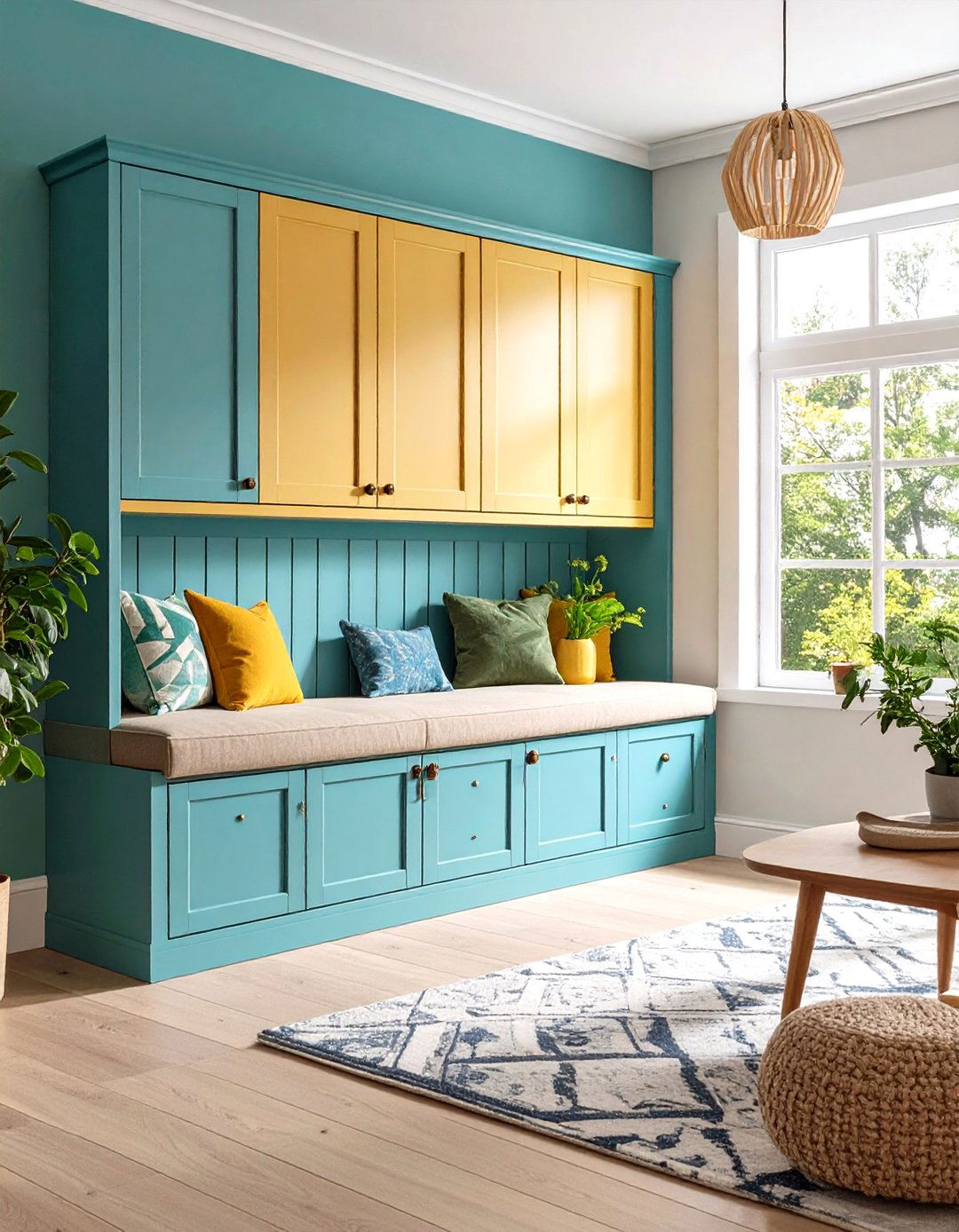
Built-in cabinets, benches with storage, and custom millwork are investments that pay dividends in small spaces by seamlessly integrating storage into the room’s architecture. Integrating storage below windows or along one wall provides concealed space for media components, books, and miscellaneous items without adding clutter. A built-in window seat with drawers enhances both seating and storage, capitalizing on unused niches. Because built-ins are tailored to your room’s exact measurements, they optimize every inch and maintain a cohesive, uncluttered aesthetic that free-standing furniture often can’t match.
7. Use Area Rugs to Define Zones
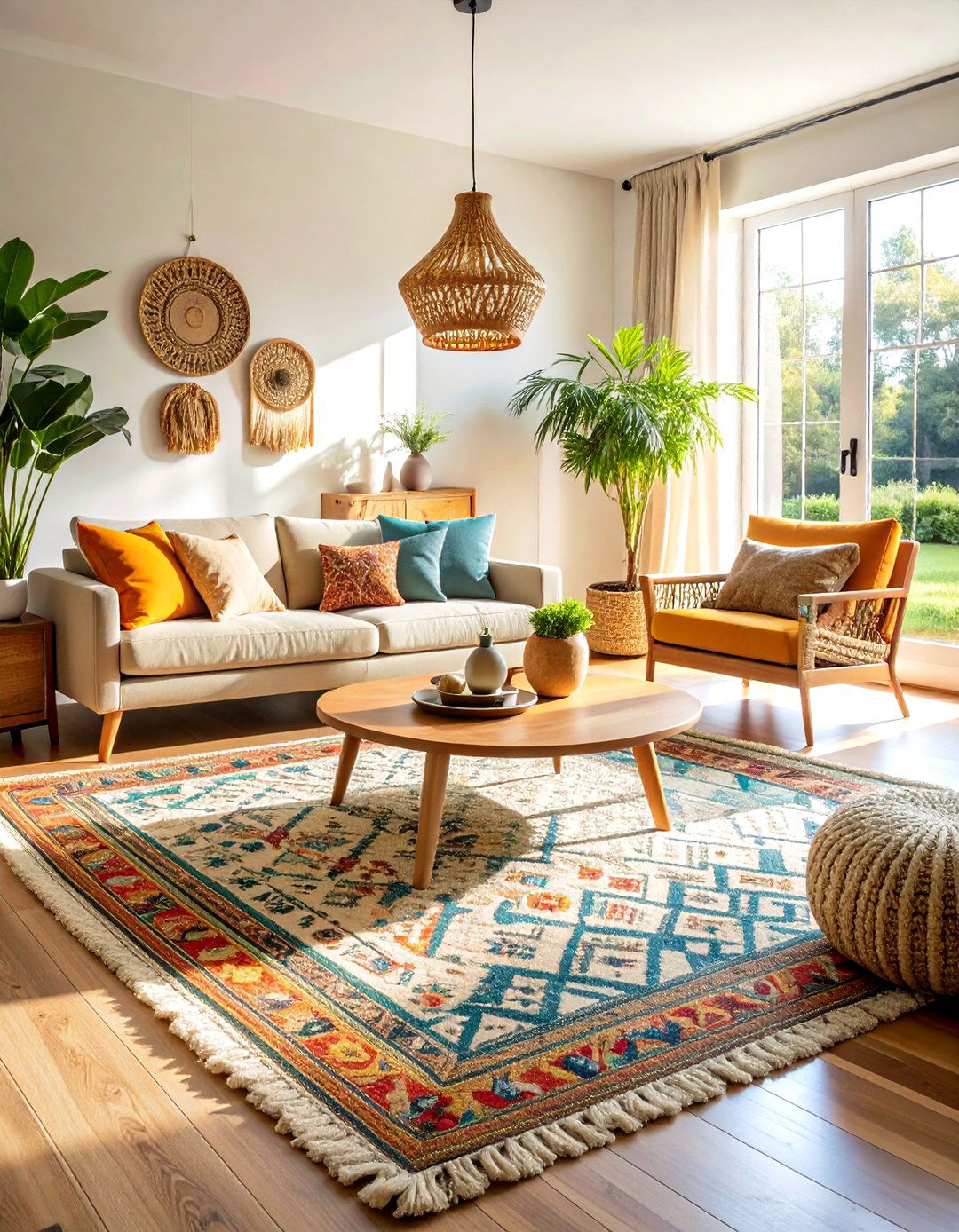
In open-plan or multipurpose rooms, area rugs help delineate seating areas, home offices, or reading nooks without erecting physical barriers. A rug under the sofa and coffee table anchors the conversation area, creating a distinct visual zone. Layering rugs with different textures or patterns adds depth and interest without overwhelming the space. Ensure the rug is proportionate to the furniture—ideally, all front legs of seating pieces should rest on the rug—to unify the zone and prevent the rug from looking too small. Defining areas with rugs promotes functional organization and enhances the room’s flow.
8. Incorporate Multipurpose Seating
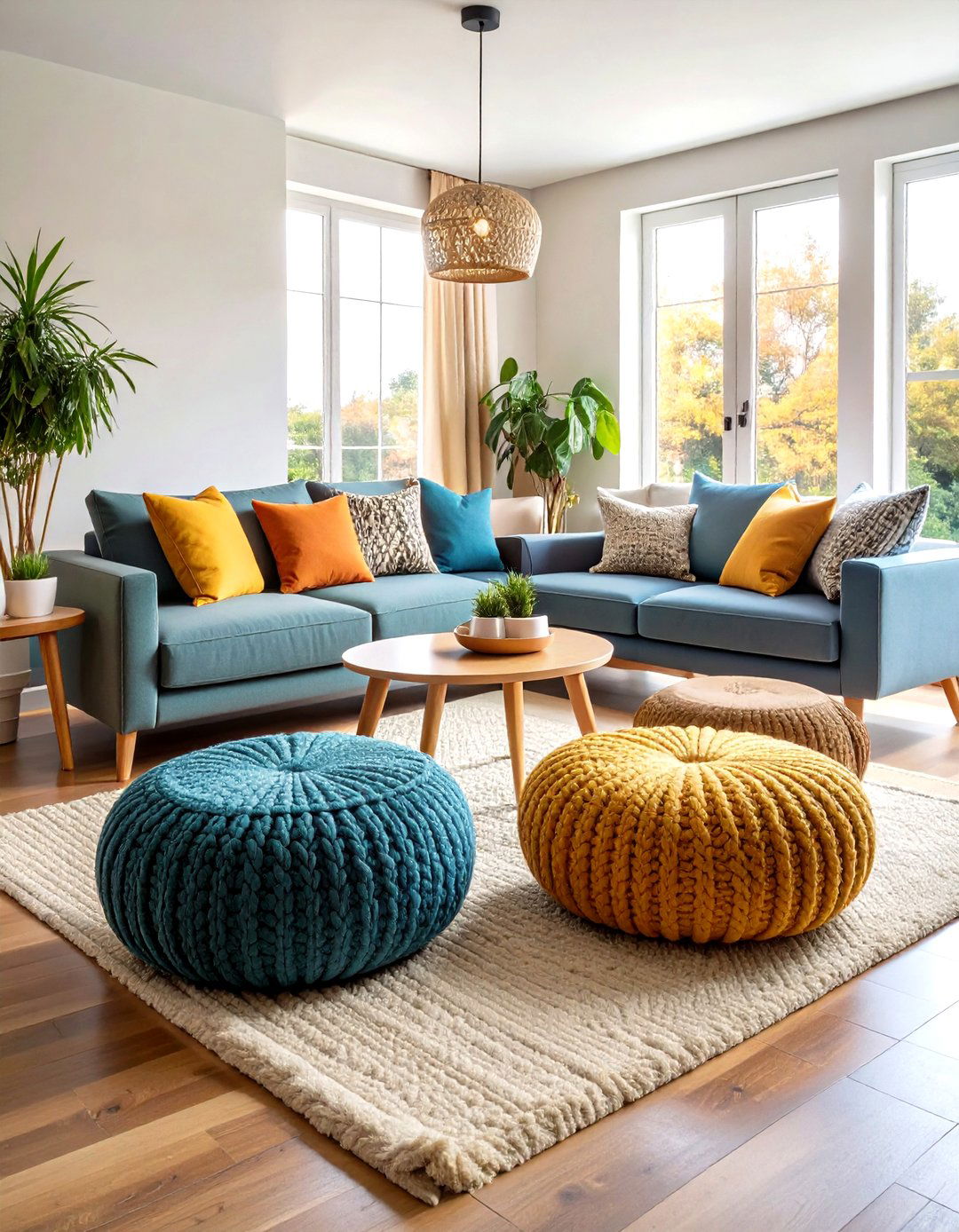
Ottomans and poufs serve as flexible seating, footrests, or side tables, adapting to various needs while maintaining portability. Lightweight stools or benches can be tucked under console tables or nested together when not in use. Selecting pieces with storage capabilities—like hollow poufs—combines seating with hidden compartments for throws or board games. Versatile seating that can be rearranged or stowed away on demand maximizes functionality and keeps floor space clear, a crucial factor in small living rooms.
9. Create a Gallery Wall for Personality

A curated gallery wall showcases art, photos, and memorabilia without taking up floor space. Arrange frames in a cohesive grid or an eclectic cluster, ensuring consistent spacing for a polished look. Using lightweight frames and primed hardware prevents wall damage and simplifies installation. Incorporate a mix of frame styles and matting to add depth, while limiting the color palette to maintain cohesion. A gallery wall becomes a focal point, drawing attention upward and adding character to an otherwise minimal backdrop.
10. Employ Translucent Dividers for Zoning
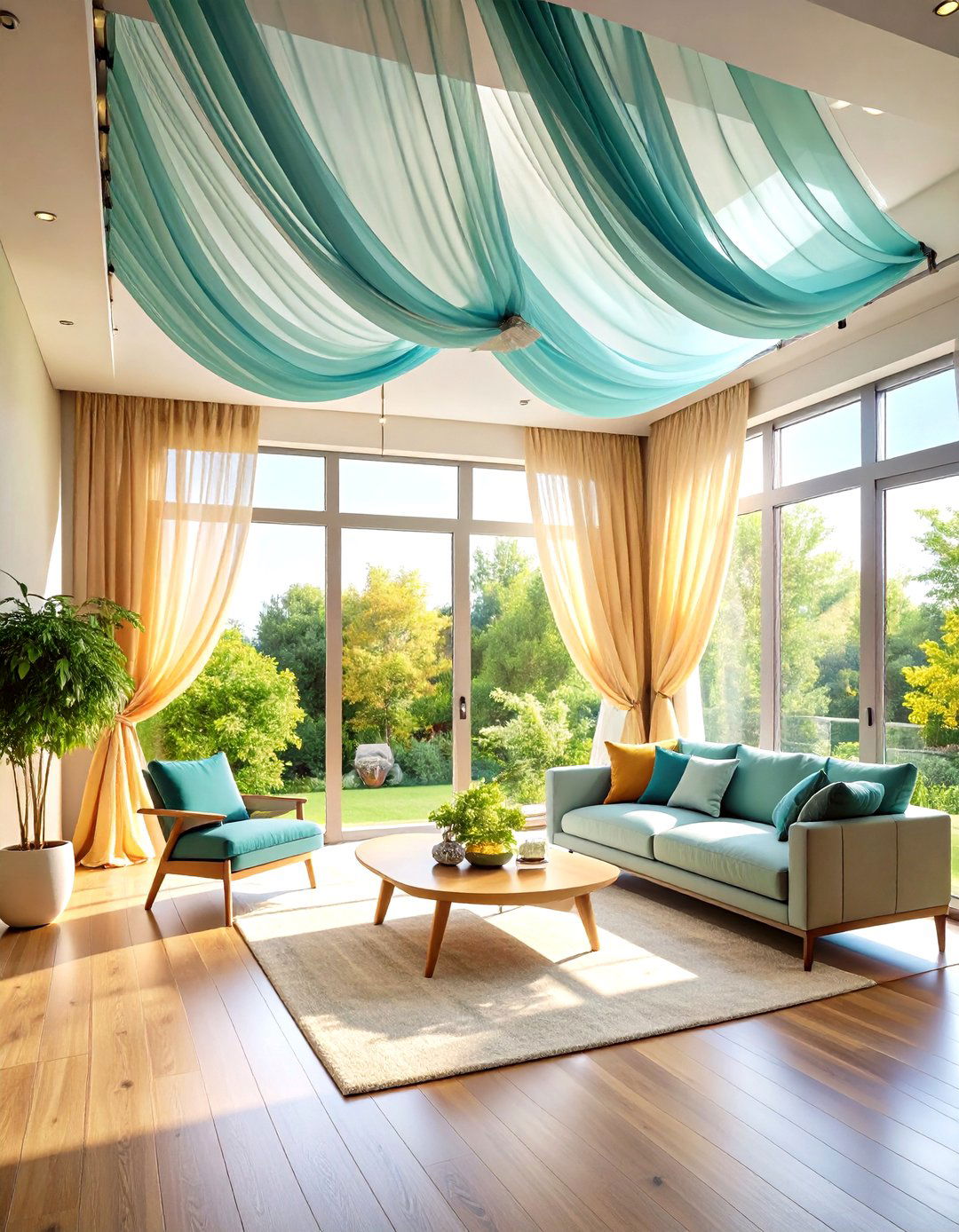
Sheer curtains, folding screens, or café-style screens can divide living spaces without completely blocking light. Translucent fabric panels hung from ceiling-mounted tracks create separate zones—such as a media area or reading corner—while preserving airflow and brightness. Portable screens offer flexibility and can be moved or folded away when not needed. This soft separation technique maintains an open, airy feel and allows you to adapt the layout to different activities or levels of privacy.
11. Install Statement Lighting Fixtures
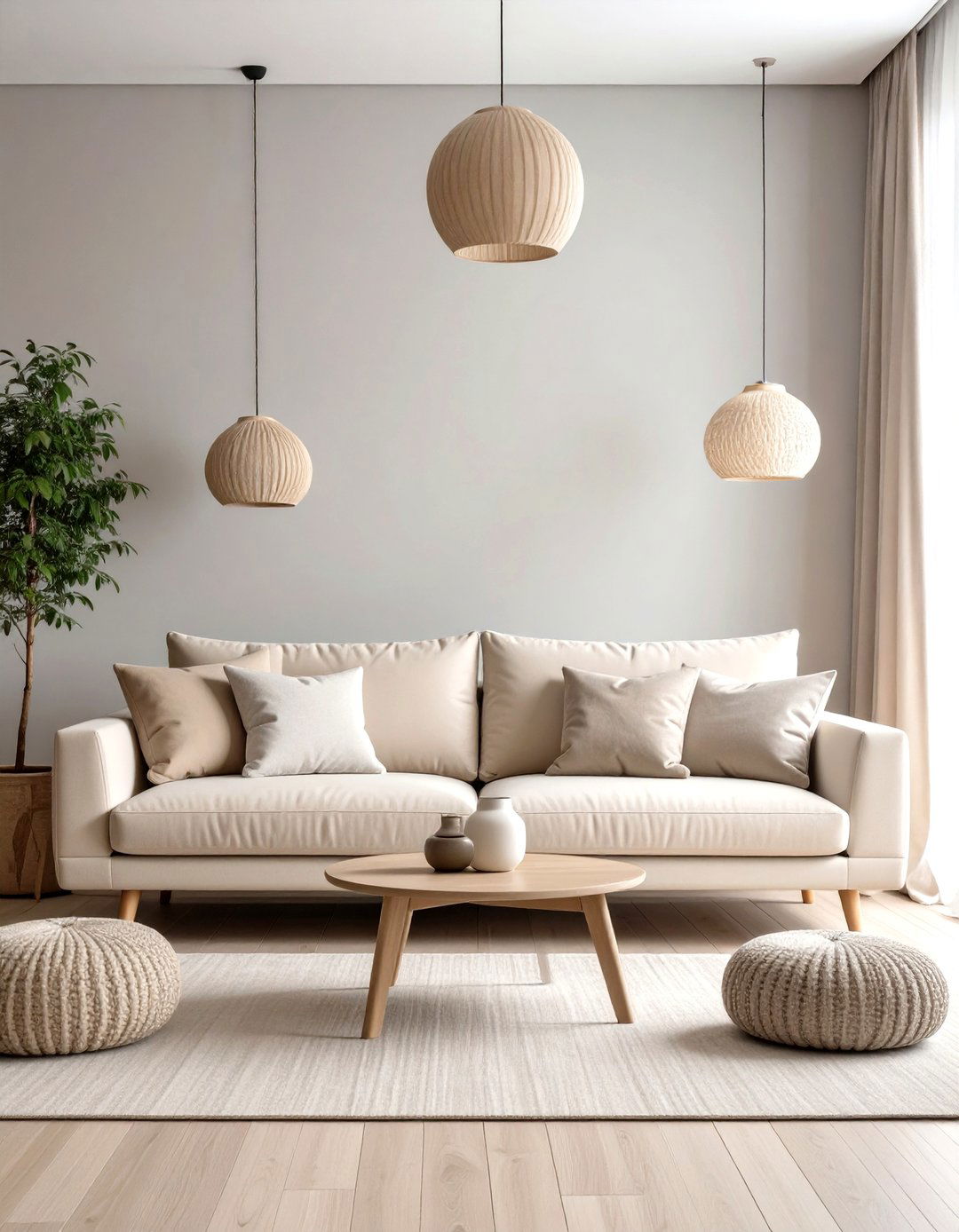
A bold pendant light or sculptural floor lamp adds visual interest and draws the eye upward, emphasizing ceiling height. Layering light sources—combining overhead fixtures with table and floor lamps—ensures even illumination and minimizes shadows that can make a room feel smaller. Choose fixtures that complement the room’s scale; oversized fixtures can overwhelm, while too-small pieces may get lost. A well-placed statement light becomes functional art, elevating the design while brightening every corner.
12. Embrace Monochromatic Color Schemes
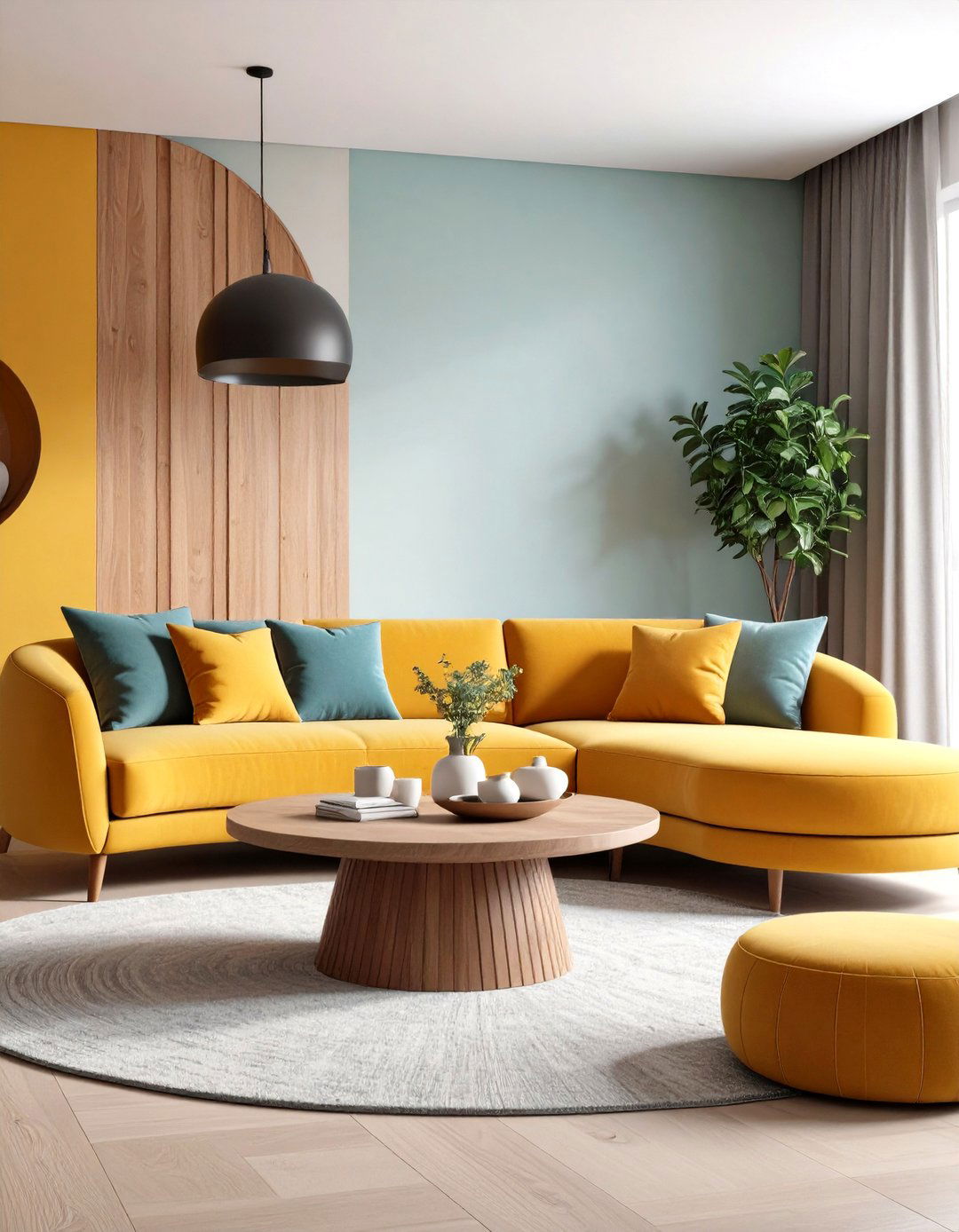
Using a single hue in varying tints, tones, and textures crafts a cohesive, sophisticated look that helps small rooms appear larger. Layering the same color—from light to dark—on walls, upholstery, and accessories unifies the palette without monotony. Incorporate glossy, matte, and textured finishes (e.g., velvet pillows, wool rugs, lacquered tables) to add depth and visual interest. A monochromatic scheme offers serenity and makes styling simpler, as each piece naturally harmonizes with the overall design.
13. Choose Curved Furniture to Soften Edges

Curved sofas, rounded coffee tables, and arched shelving units create an organic flow that navigates around corners smoothly, making movement feel more effortless. The absence of sharp edges reduces the visual weight of furniture, contributing to a sense of openness. Curved forms also serve as subtle focal points, guiding the eye through the space without interrupting sightlines. When balanced with linear elements—like floating shelves or slim-framed chairs—curved pieces introduce softness and contrast in compact rooms.
14. Leverage Vertical Lines to Heighten Ceilings
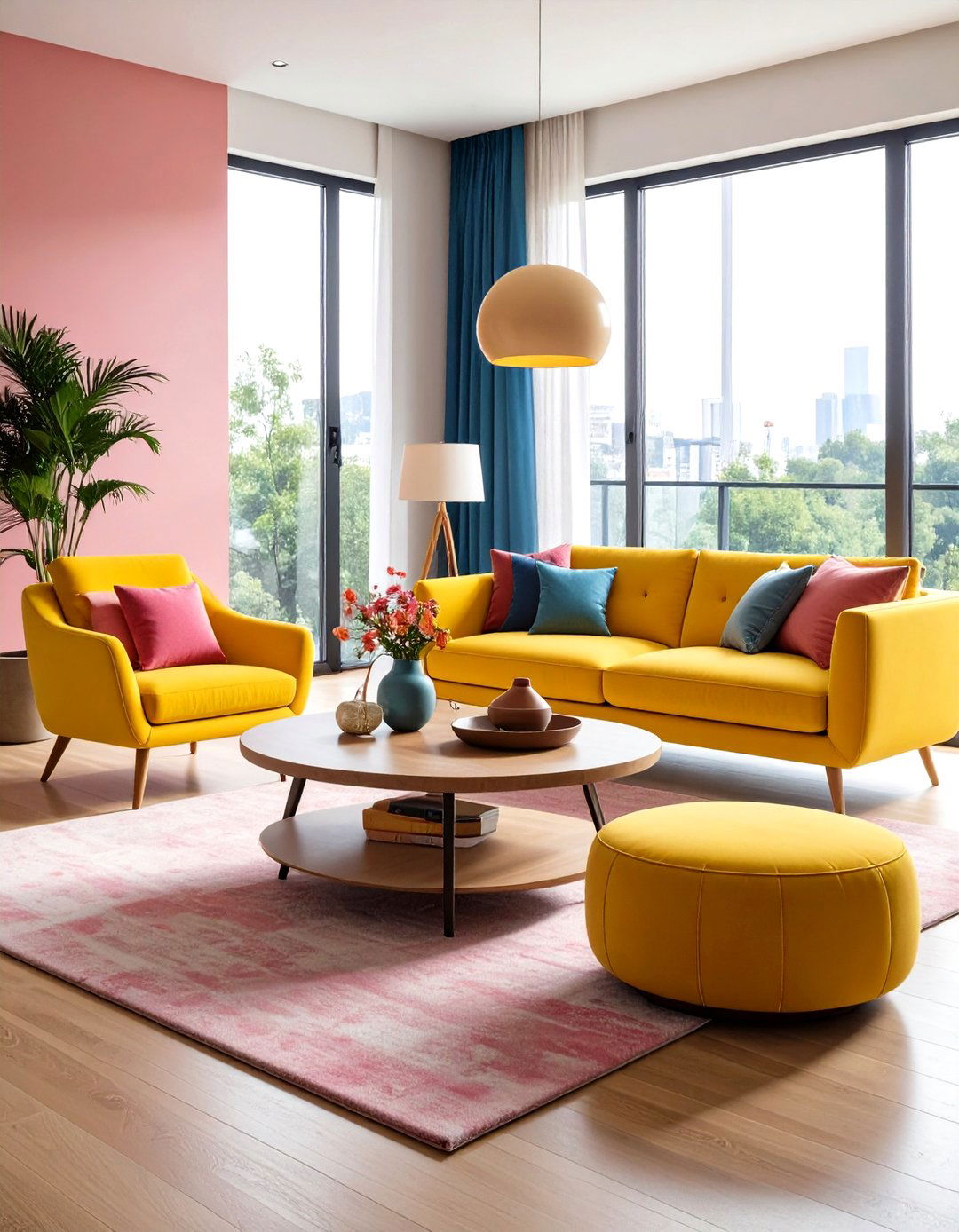
Vertical stripes on walls, tall bookcases, or floor-to-ceiling drapes draw the eye upward, accentuating room height and counteracting a “boxy” feel. Wallpaper with slim vertical patterns or paint stripes in alternating shades creates a dynamic illusion of taller walls. Mounting shelves and artwork at staggered vertical intervals also contributes to this effect. By emphasizing the room’s vertical dimension, these techniques make low or standard-height ceilings seem loftier, enhancing the overall spaciousness.
15. Opt for a Multipurpose Coffee Table
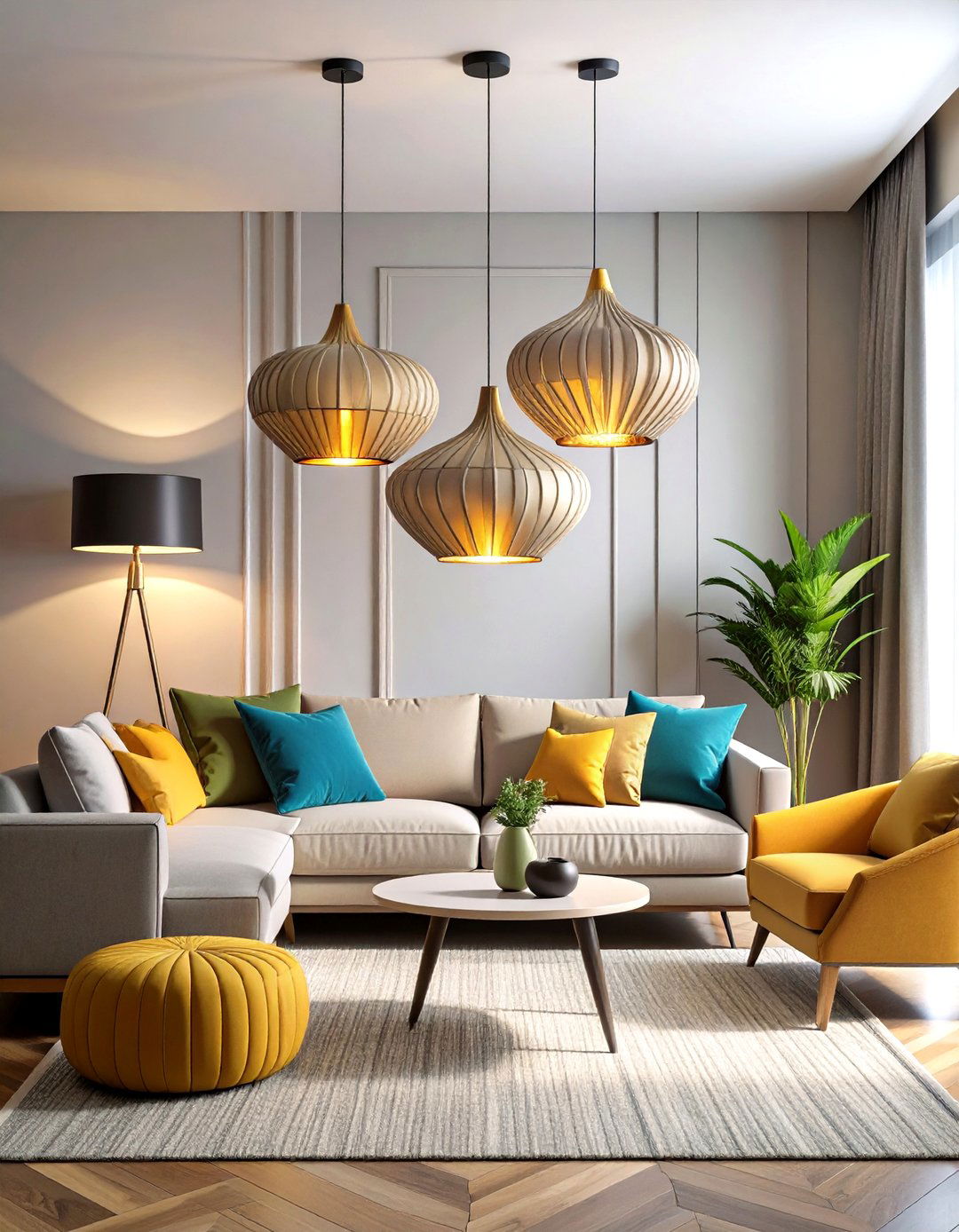
Choosing a coffee table with built-in storage, adjustable height, or nesting capabilities maximizes flexibility. Lift-top models double as work surfaces, while nesting tables can be separated to serve as side tables when entertaining guests. Some designs offer lower shelves or hidden compartments, perfect for stashing remotes, magazines, or games. A versatile coffee table adapts to your lifestyle—whether you need a desk, dining spot, or casual seating—without adding extra furniture pieces.
16. Adopt a Minimalist Style Approach
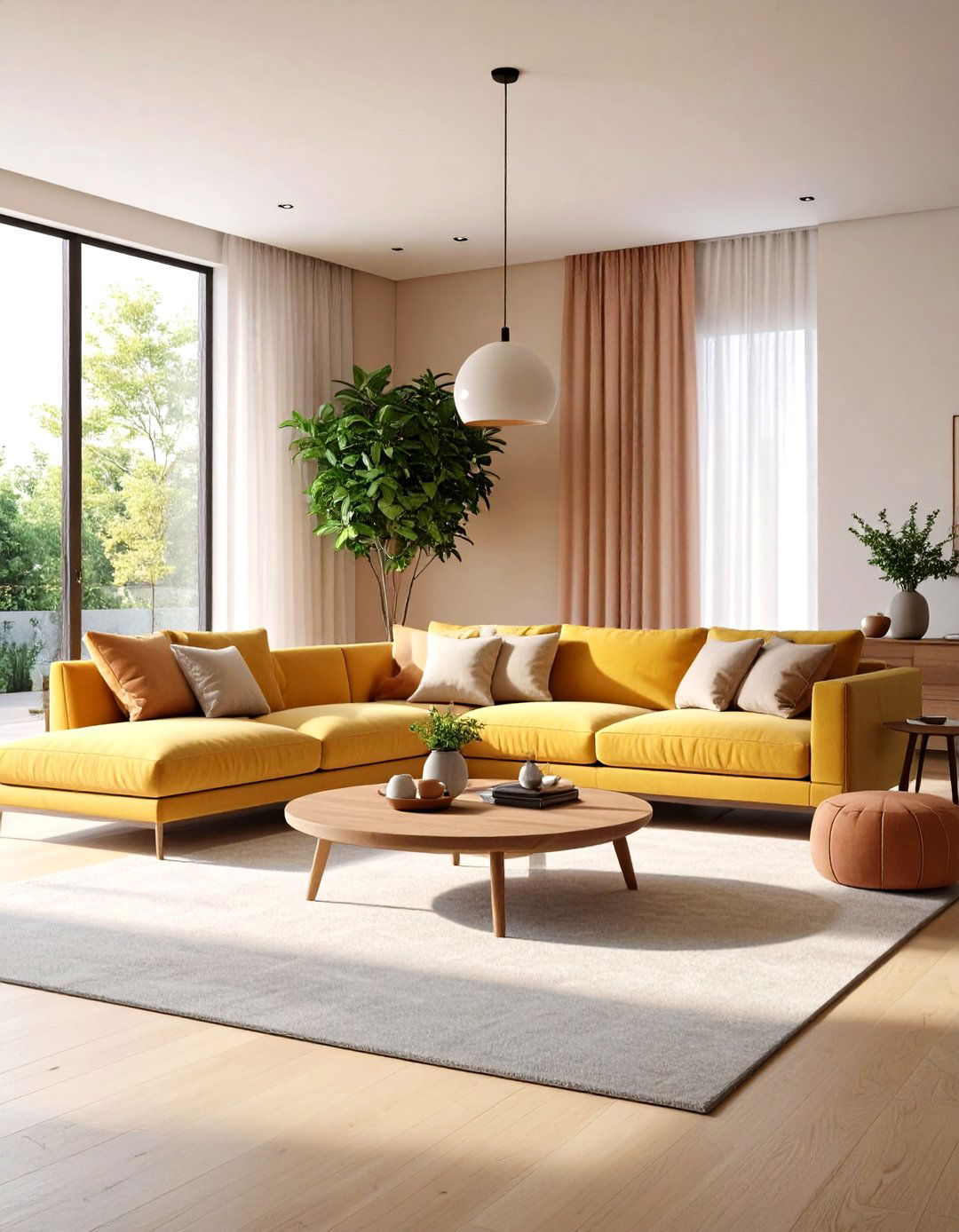
Minimalism emphasizes function and simplicity, encouraging you to keep only essential items and maintain clear surfaces. By reducing excess decor and limiting each piece to those you truly love or use daily, you prevent visual clutter that can close in a small space. Focusing on quality over quantity—selecting fewer, well-crafted items—enhances both aesthetics and practicality. Minimalist layouts rely on clean lines, open areas, and a restrained color palette, all of which support a serene, spacious atmosphere.
17. Integrate Greenery and Plants
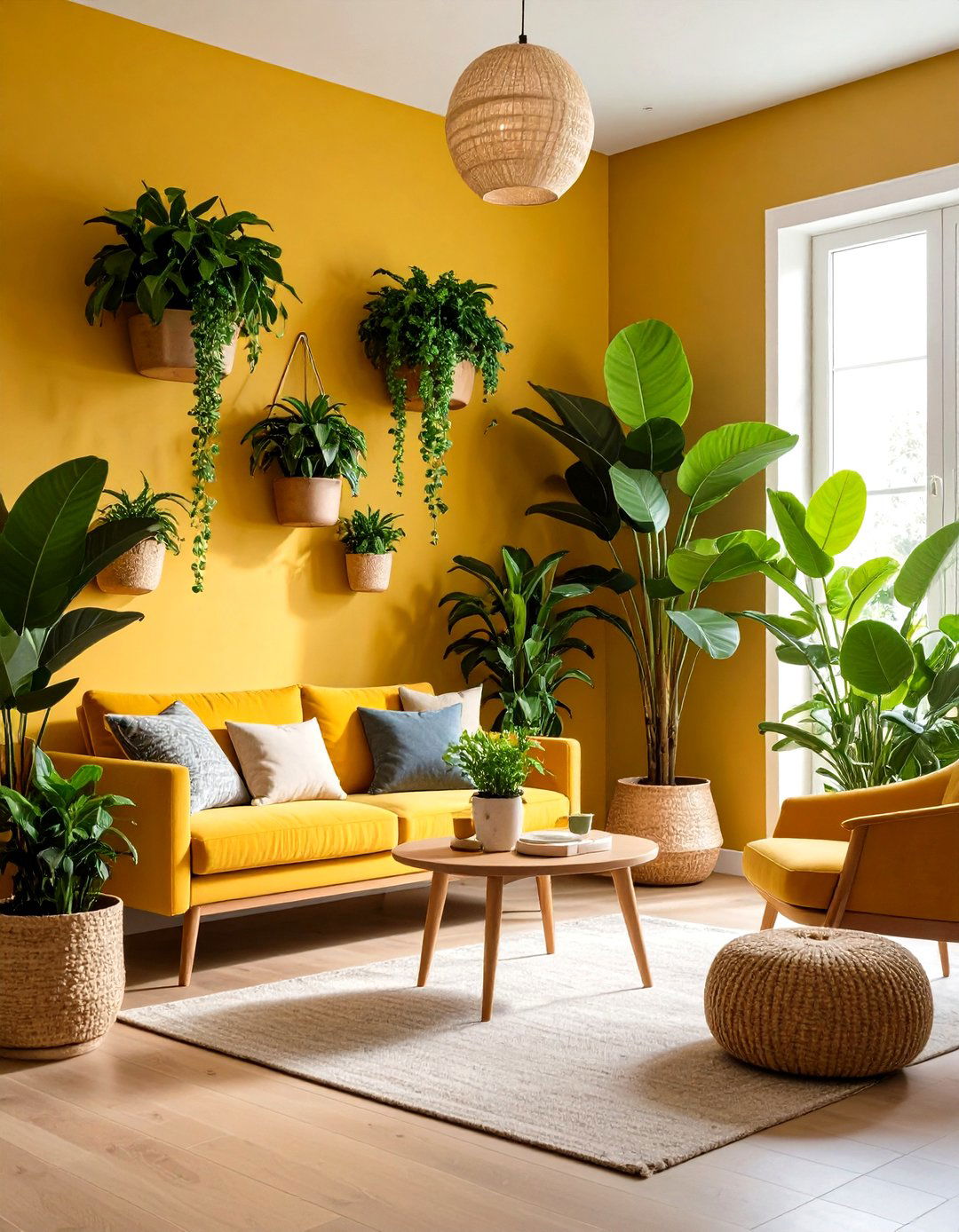
Houseplants not only purify the air but also add life and color without occupying excessive floor space. Hanging planters, wall-mounted planters, and narrow plant stands deliver greenery at various heights, reinforcing the sense of verticality. Select low-maintenance species like pothos, snake plants, or philodendrons that thrive in indoor conditions. Grouping plants in clusters creates a mini indoor garden, while single statement plants—such as a fiddle-leaf fig—serve as sculptural focal points, enhancing the room’s warmth and personality.
18. Utilize Open Shelving for Display
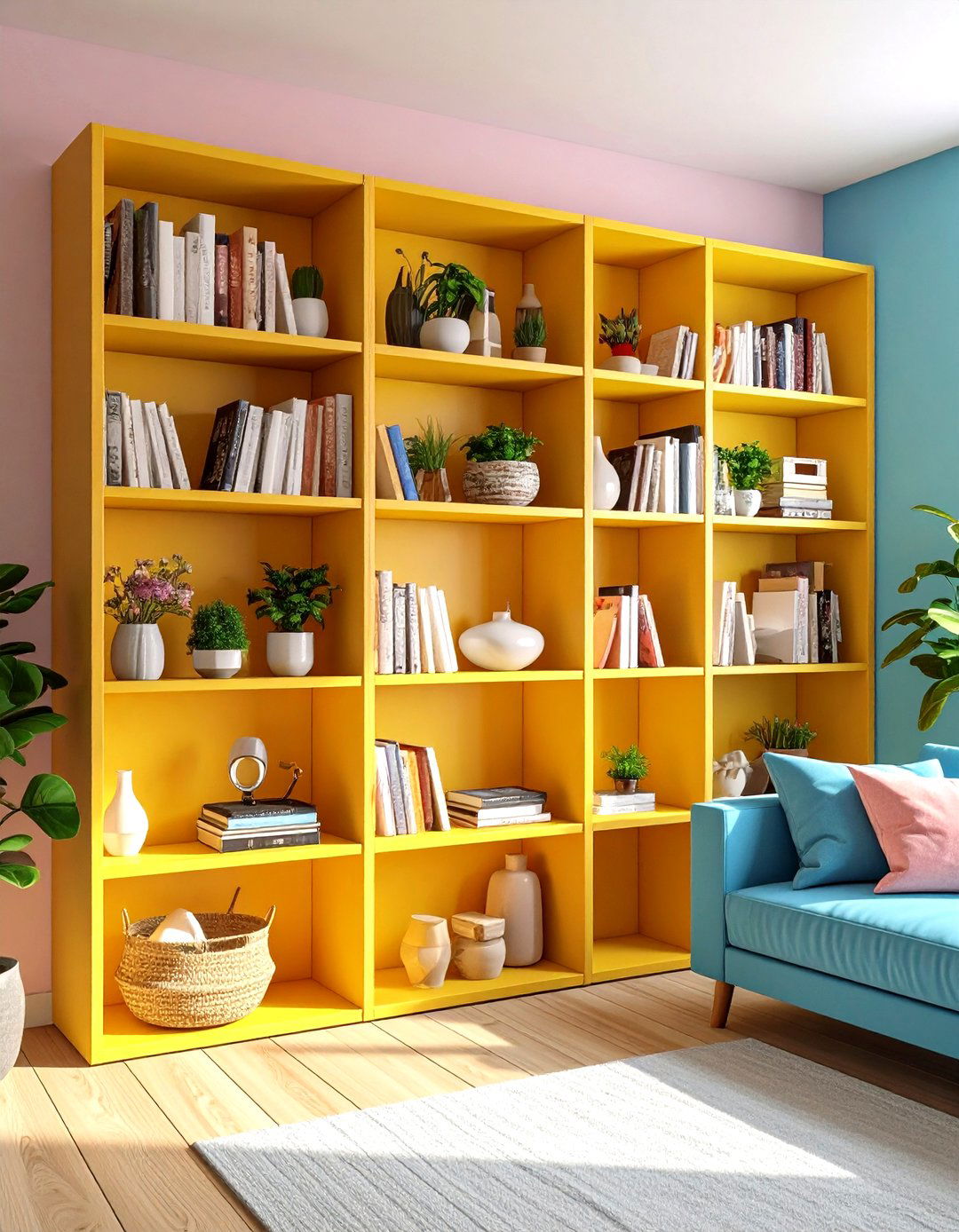
Open shelving units offer storage without enclosing the space, helping small rooms feel airy. By displaying curated items—like books, vases, and framed photos—you add character while preventing a sense of confinement. Choose light-toned or metal-framed shelves with narrow profiles to maintain visibility through and around them. Incorporating baskets and boxes on lower shelves conceals less attractive essentials, keeping the display tidy. Open shelving balances storage and decoration, making it an ideal solution for compact living rooms.
19. Incorporate an Accent Wall for Depth
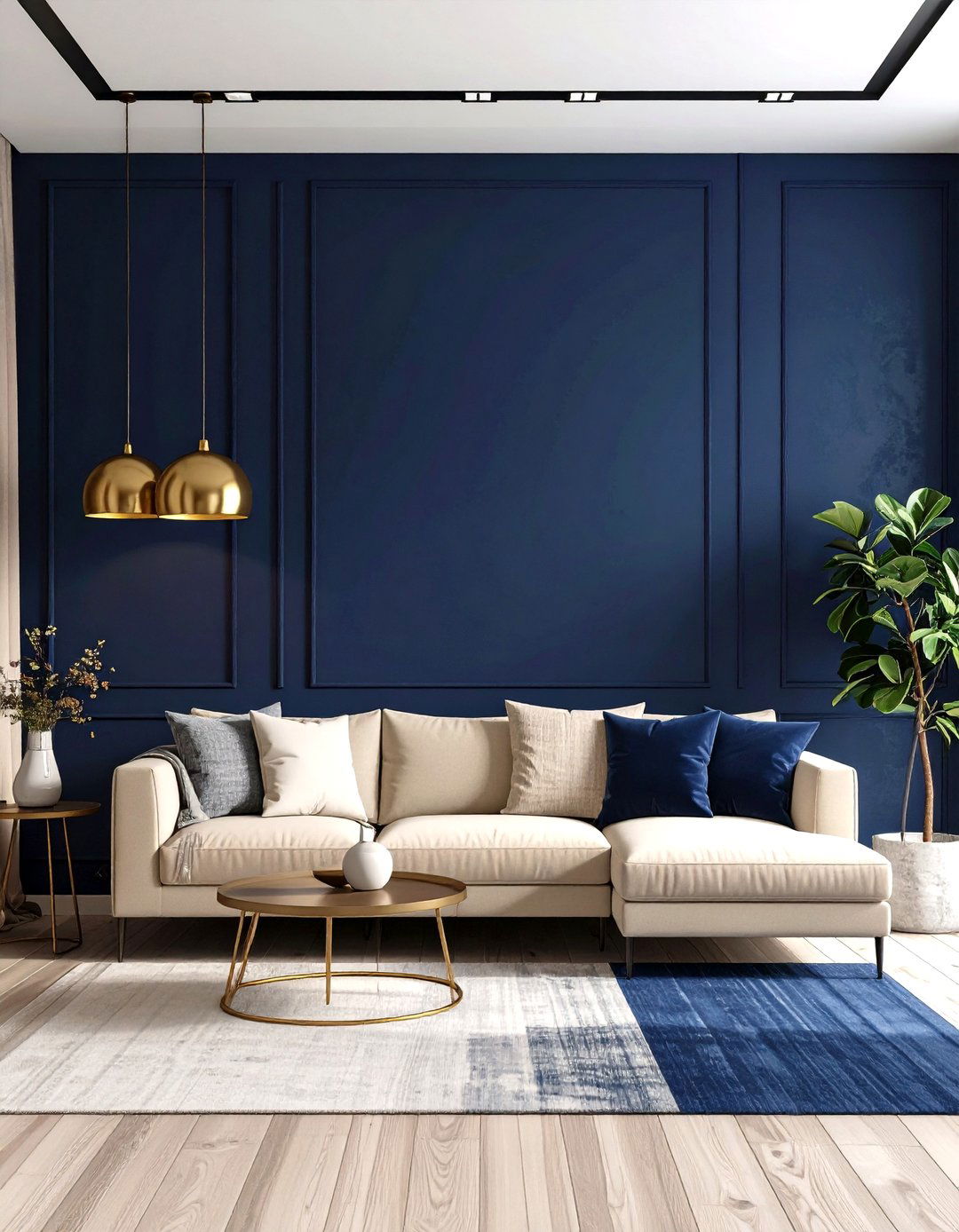
An accent wall painted a deeper hue or adorned with wallpaper introduces depth and visual interest without closing in the room. Darker shades like navy or charcoal on a single wall create a cozy focal point, while subtle patterns add texture and sophistication. Position furniture—such as a sofa or media console—against this wall to anchor the space. Contrast the accent wall with lighter surrounding walls to maintain openness and prevent monotony, resulting in a stylish and inviting environment.
20. Rotate Furniture to Refresh the Layout
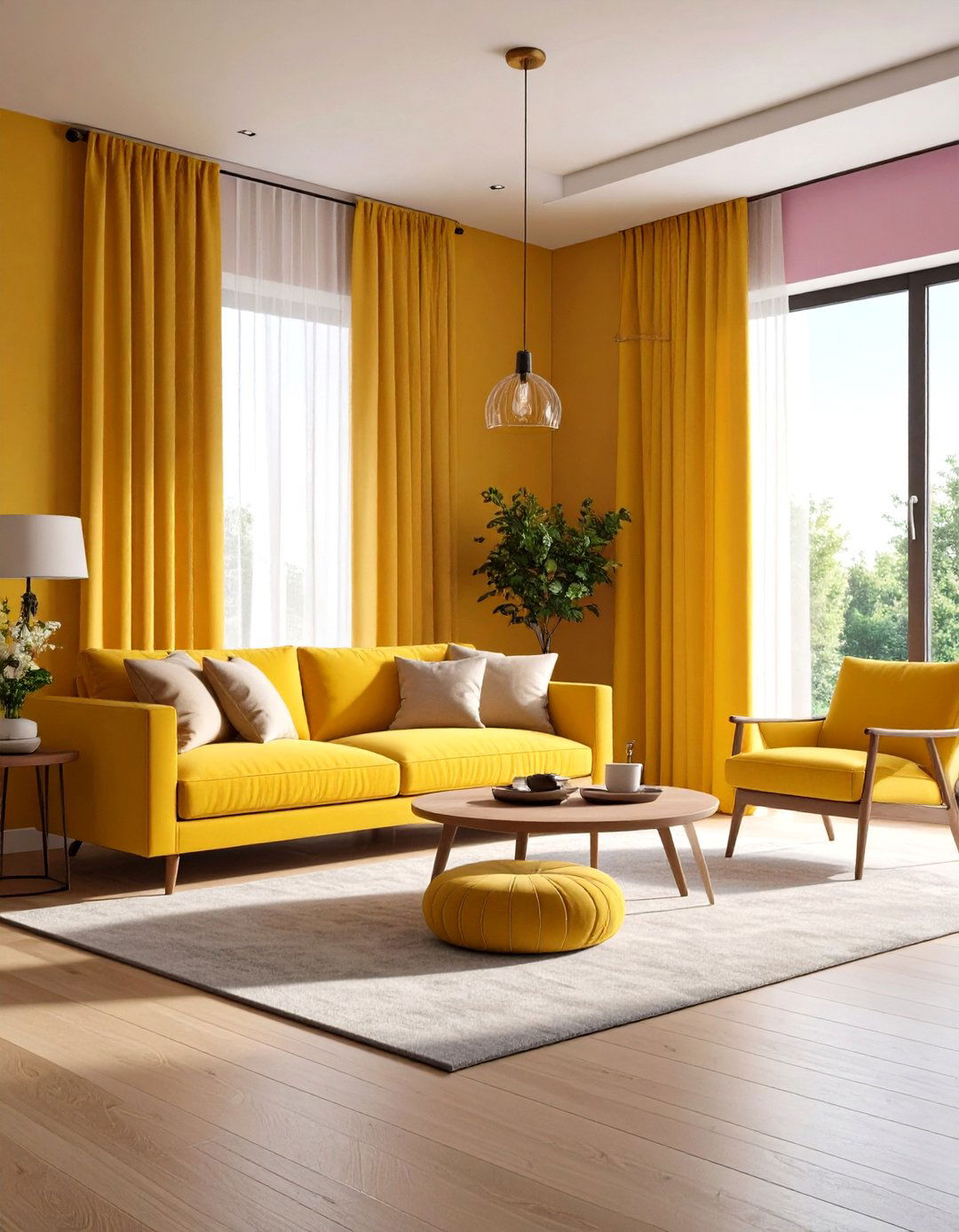
Regularly rearranging furniture can optimize traffic flow and reveal new perspectives in a small living room. Even shifting a sofa a few inches from the wall creates breathing room for curtains and highlights architectural details. Swapping the positions of side chairs or rotating accent tables can open pathways and improve circulation. This low-effort change keeps the space feeling fresh and responsive to your lifestyle, ensuring practical adjustments without additional investment.
Conclusion:
By combining multi-functional furniture, light color schemes, and savvy storage solutions—such as floating shelves, built-in cabinets, and versatile seating—you can maximize functionality while preserving a sense of openness. Strategic use of mirrors, vertical accents, and well-chosen accent walls further enhances spatial perception. Personal touches like gallery walls, statement lighting, and greenery infuse character without overwhelming the room. Implementing these 20 small living room ideas transforms compact spaces into stylish, comfortable, and adaptable environments where every inch is both beautiful and purposefully designed.



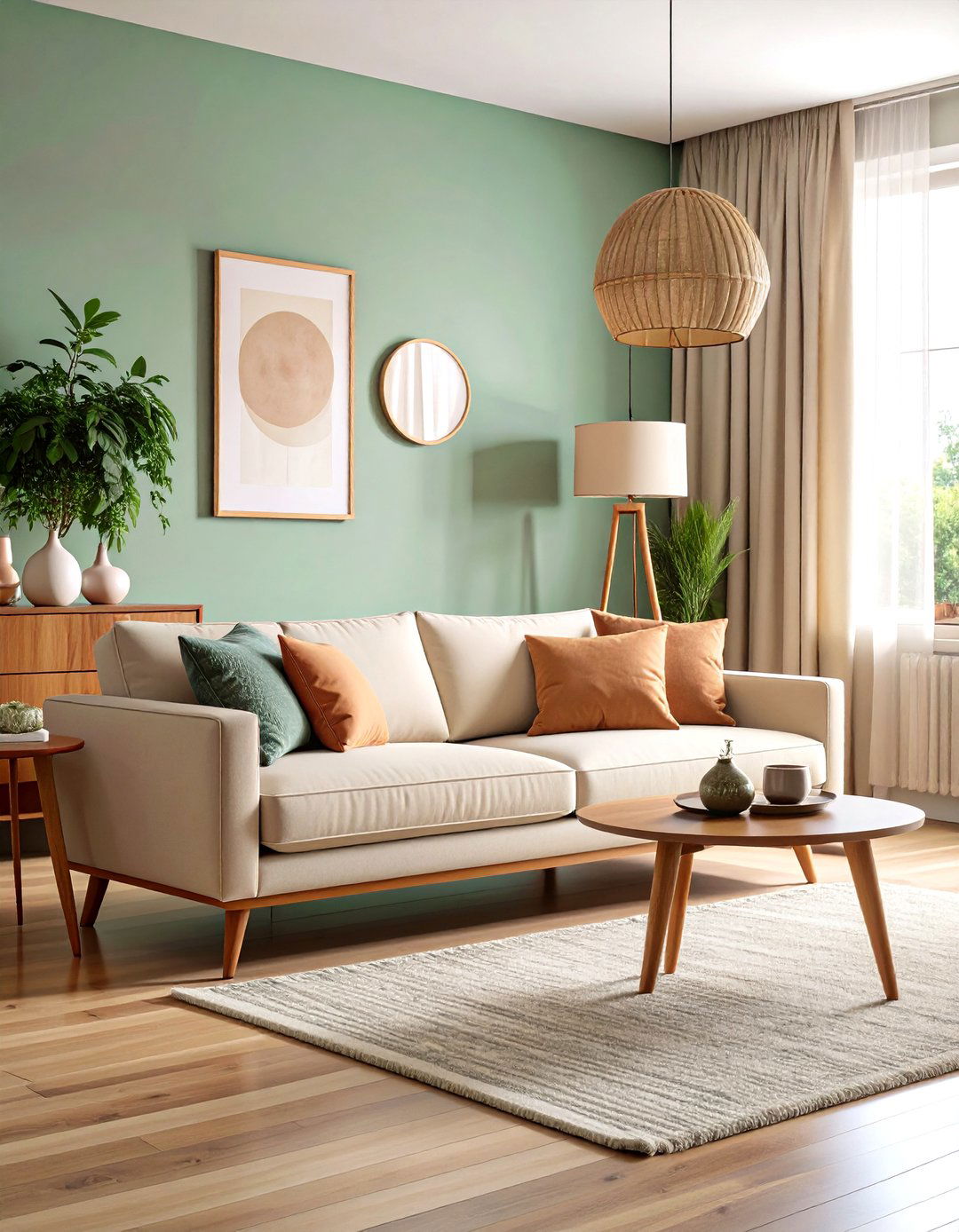
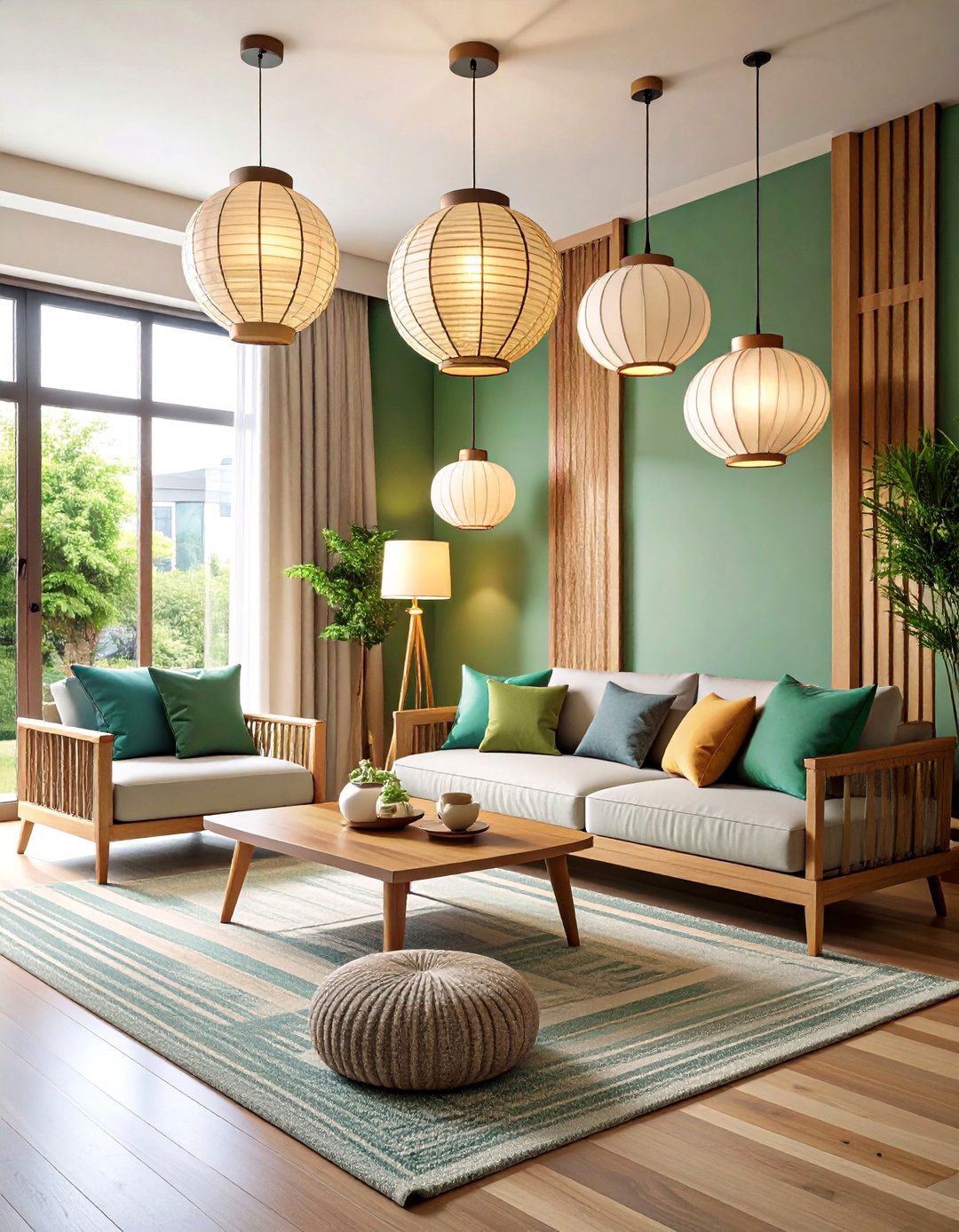

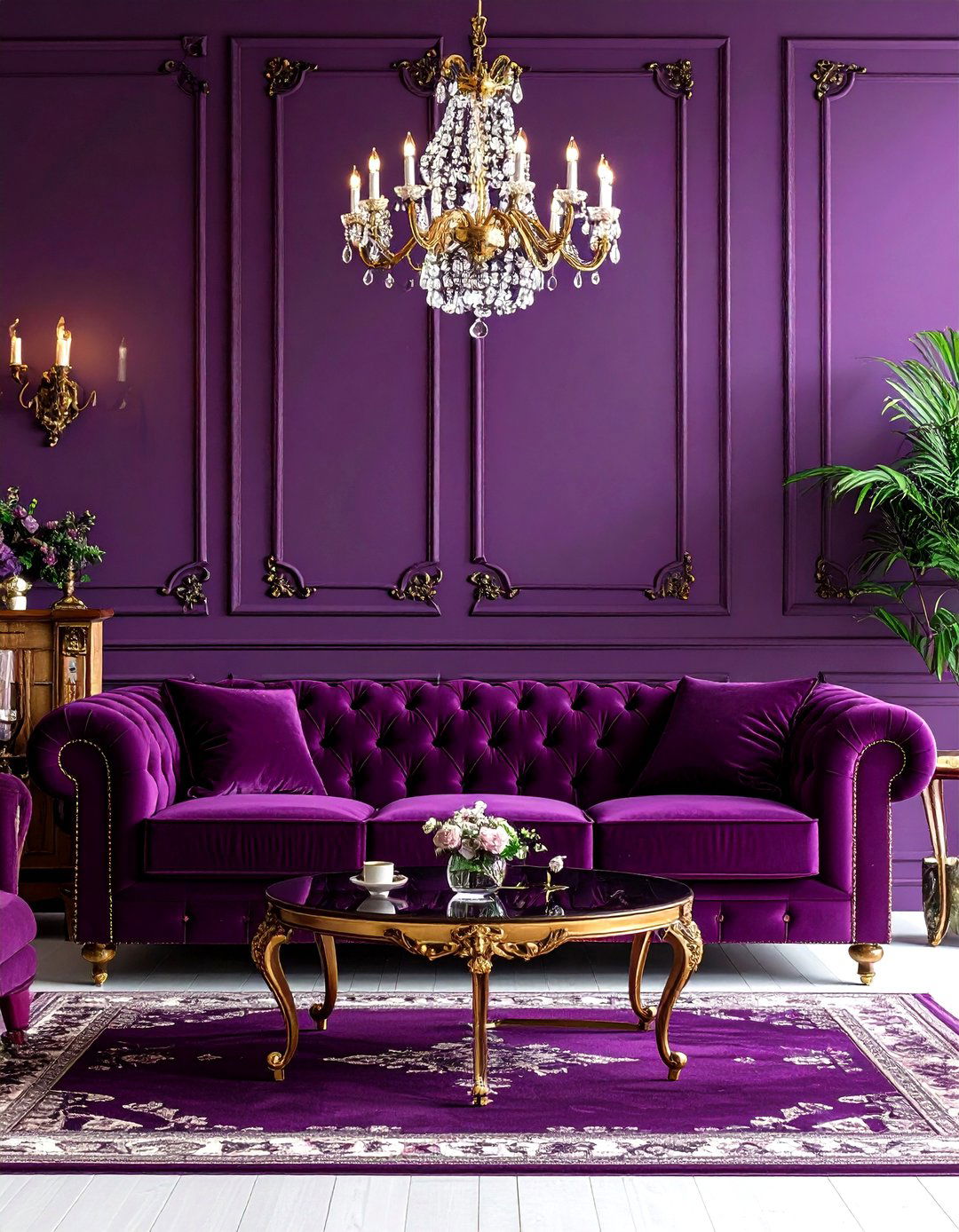
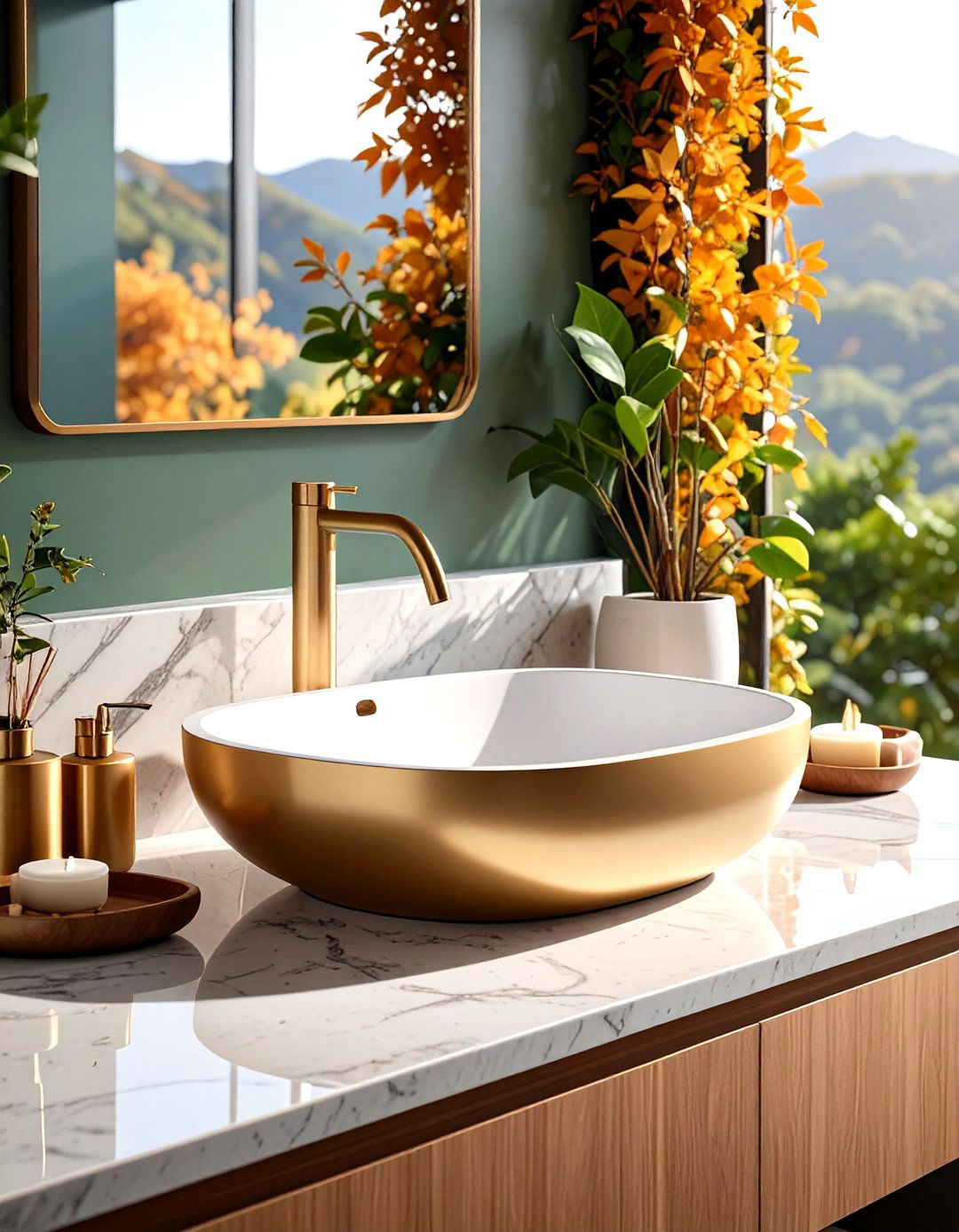
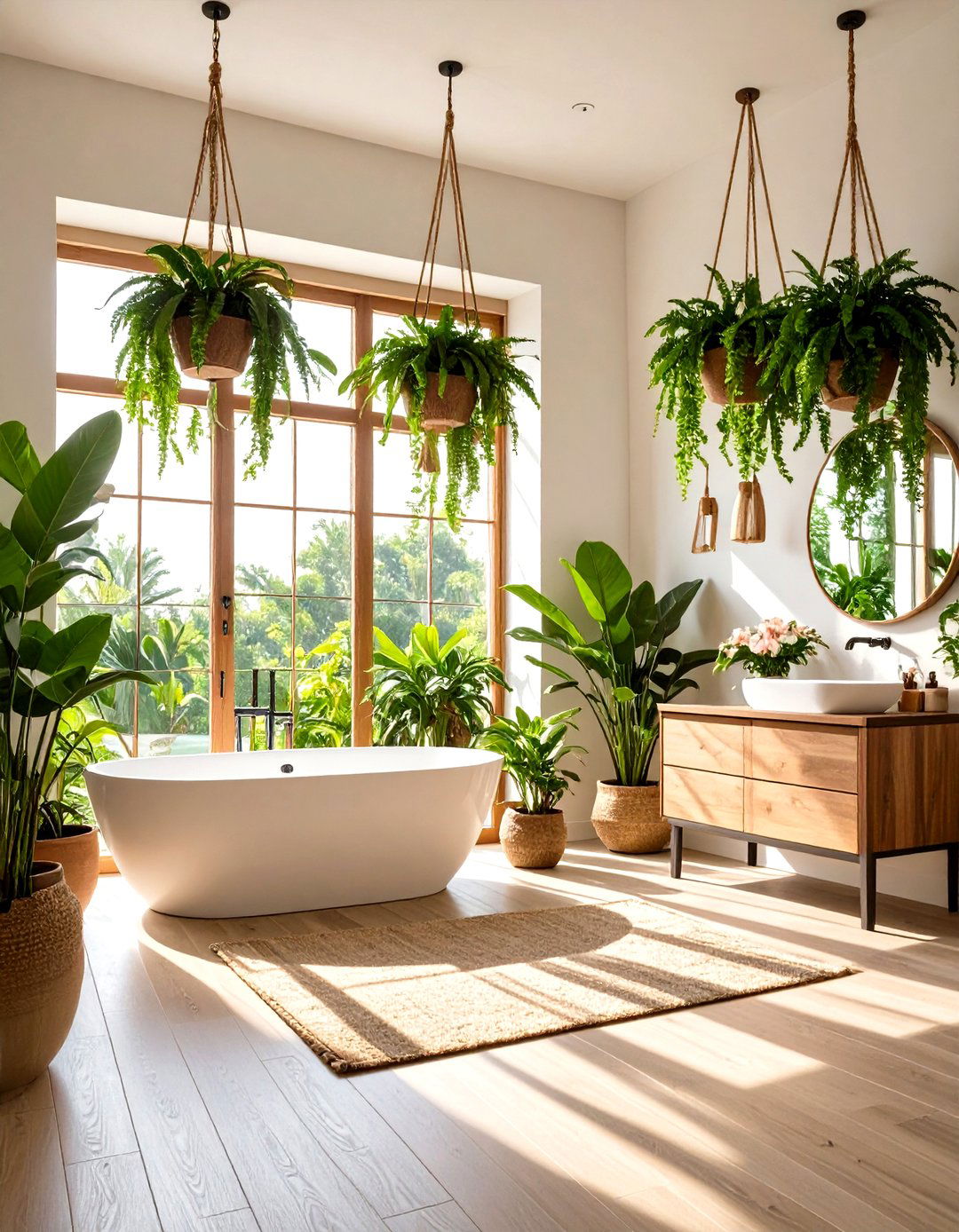

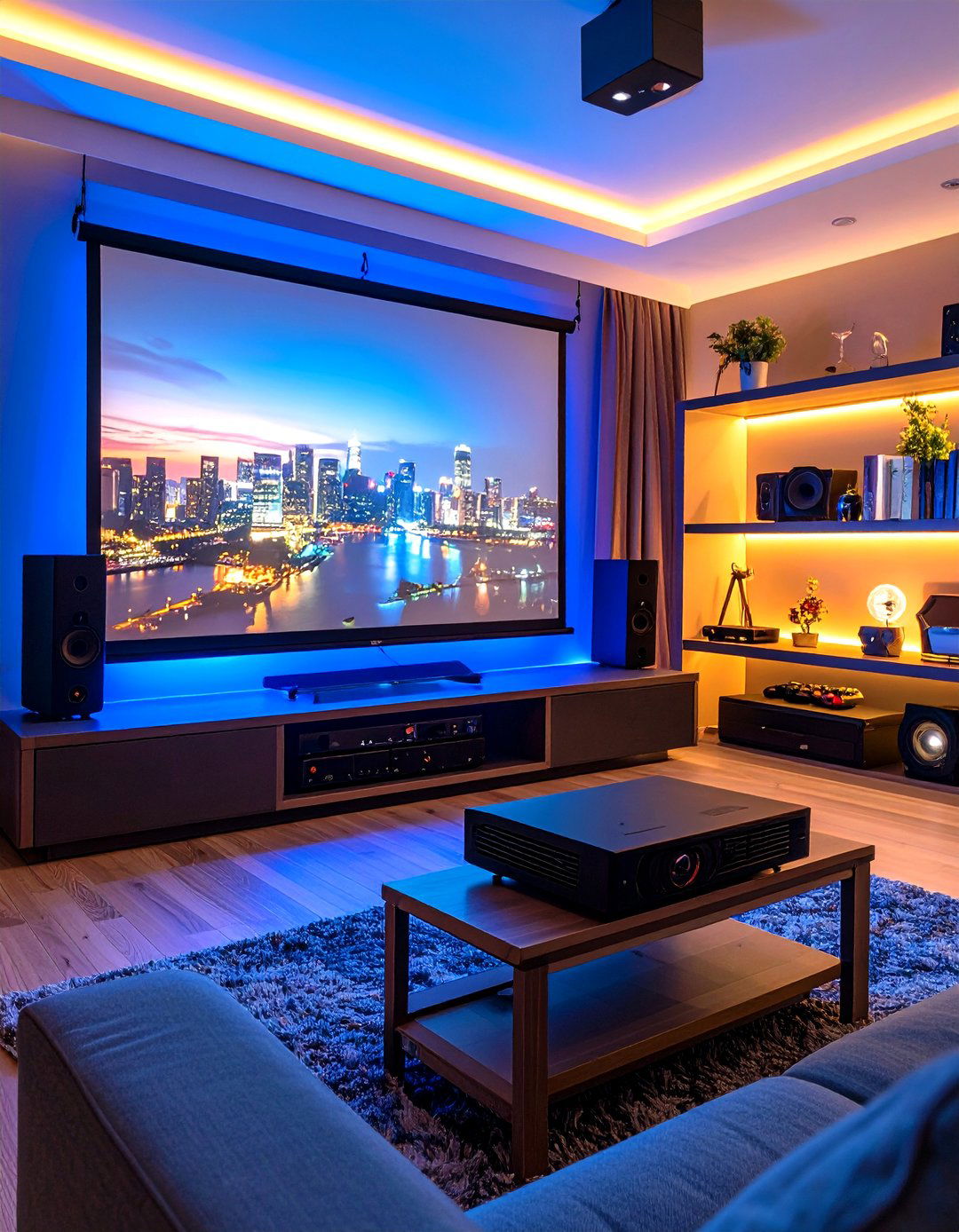
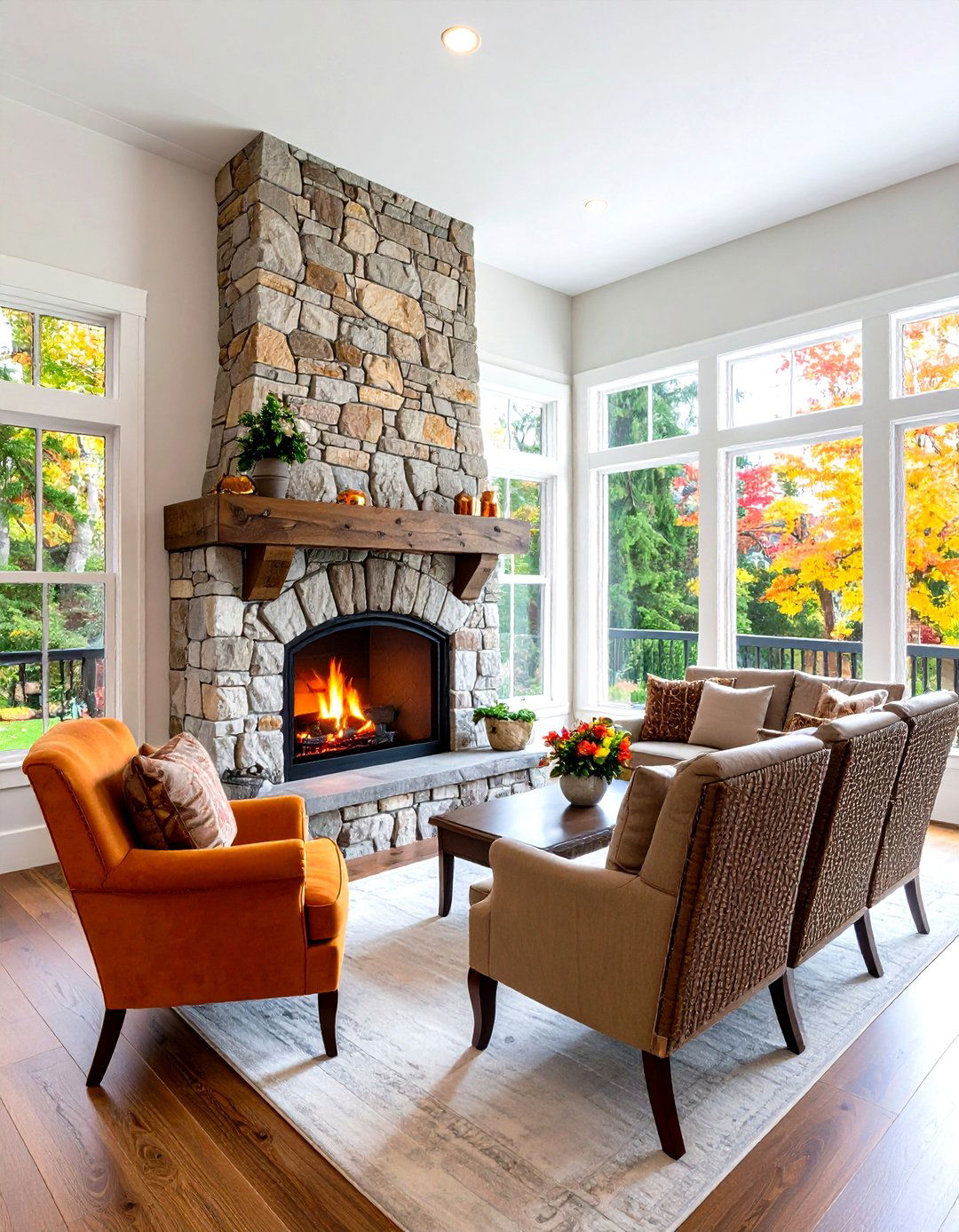
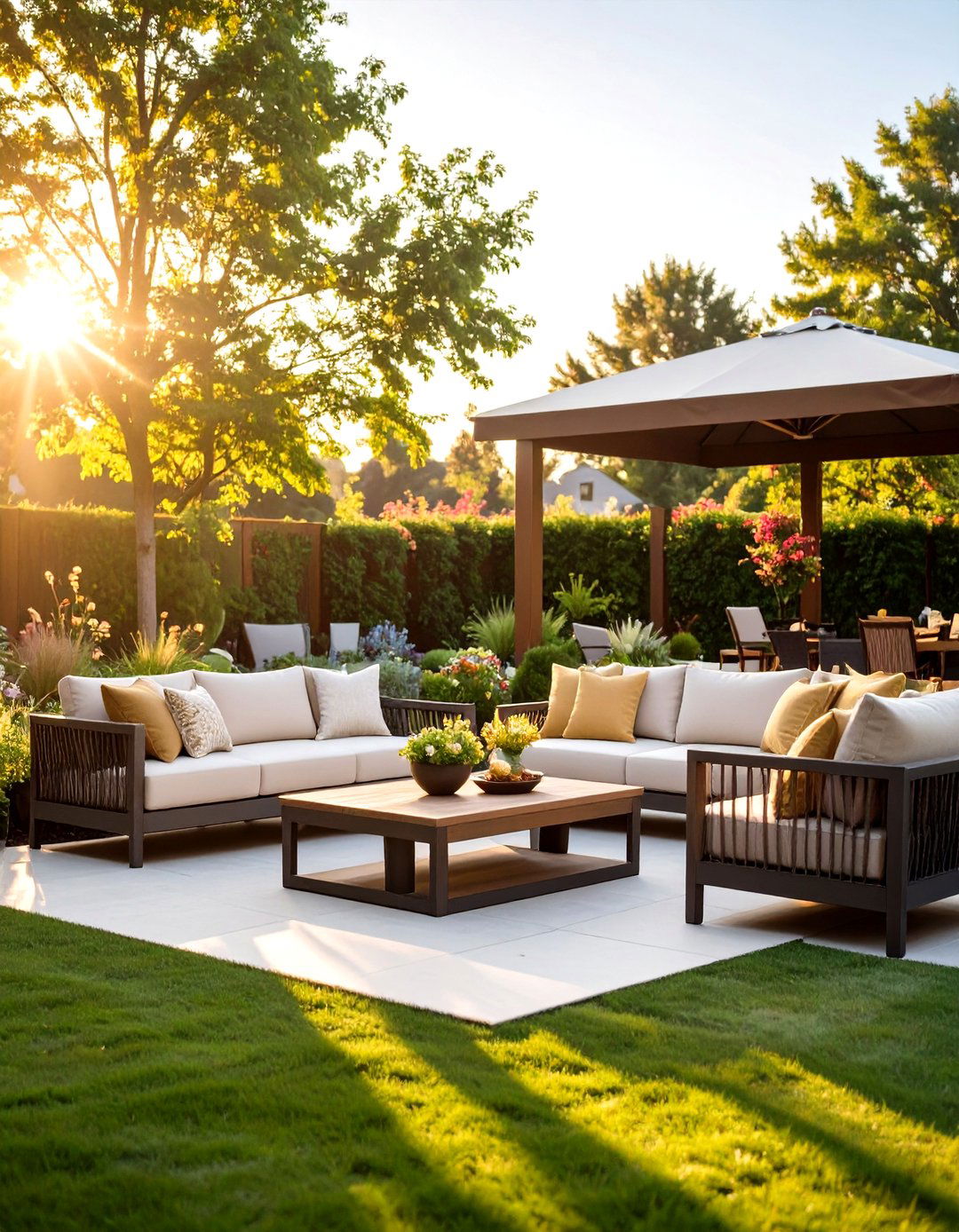
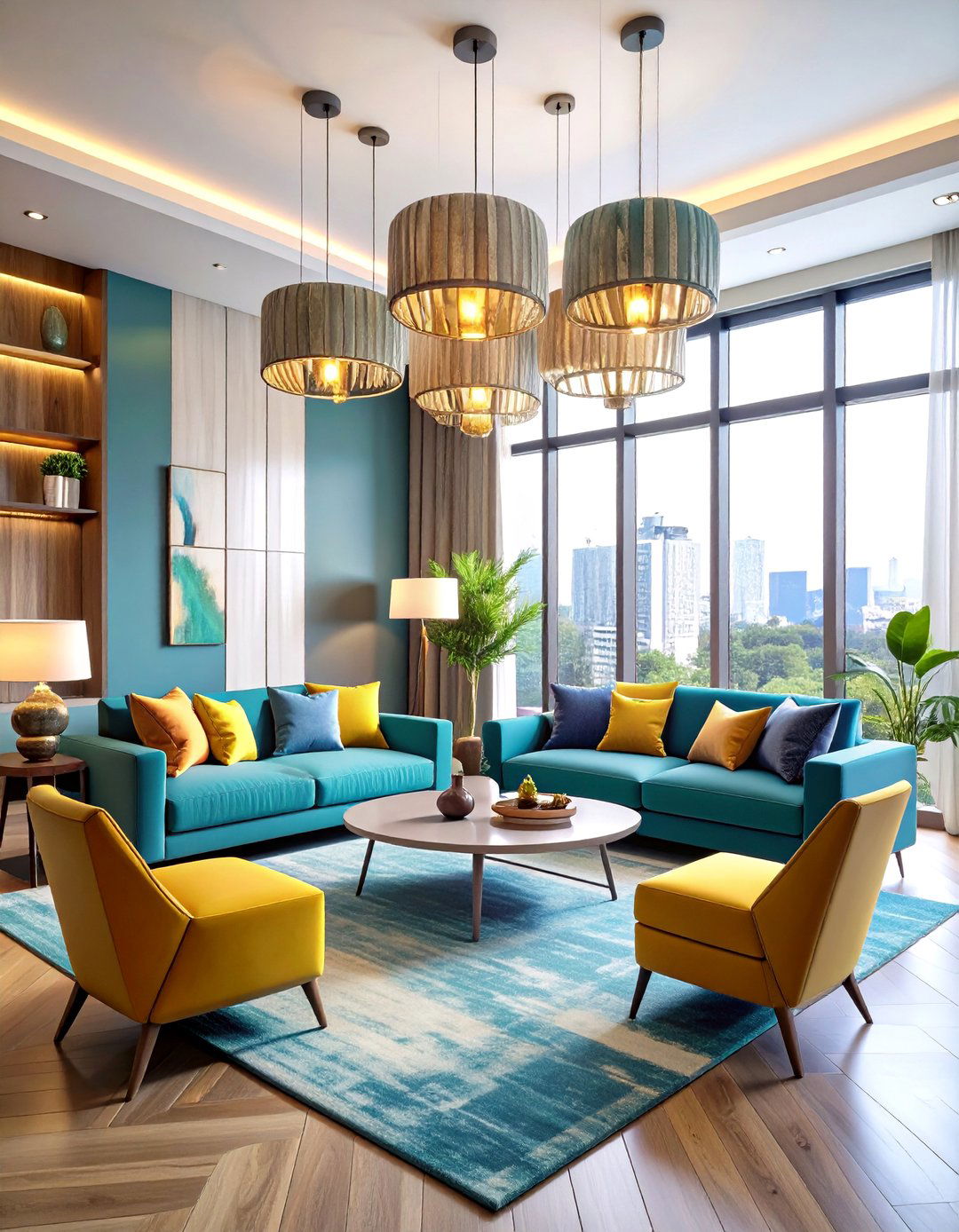
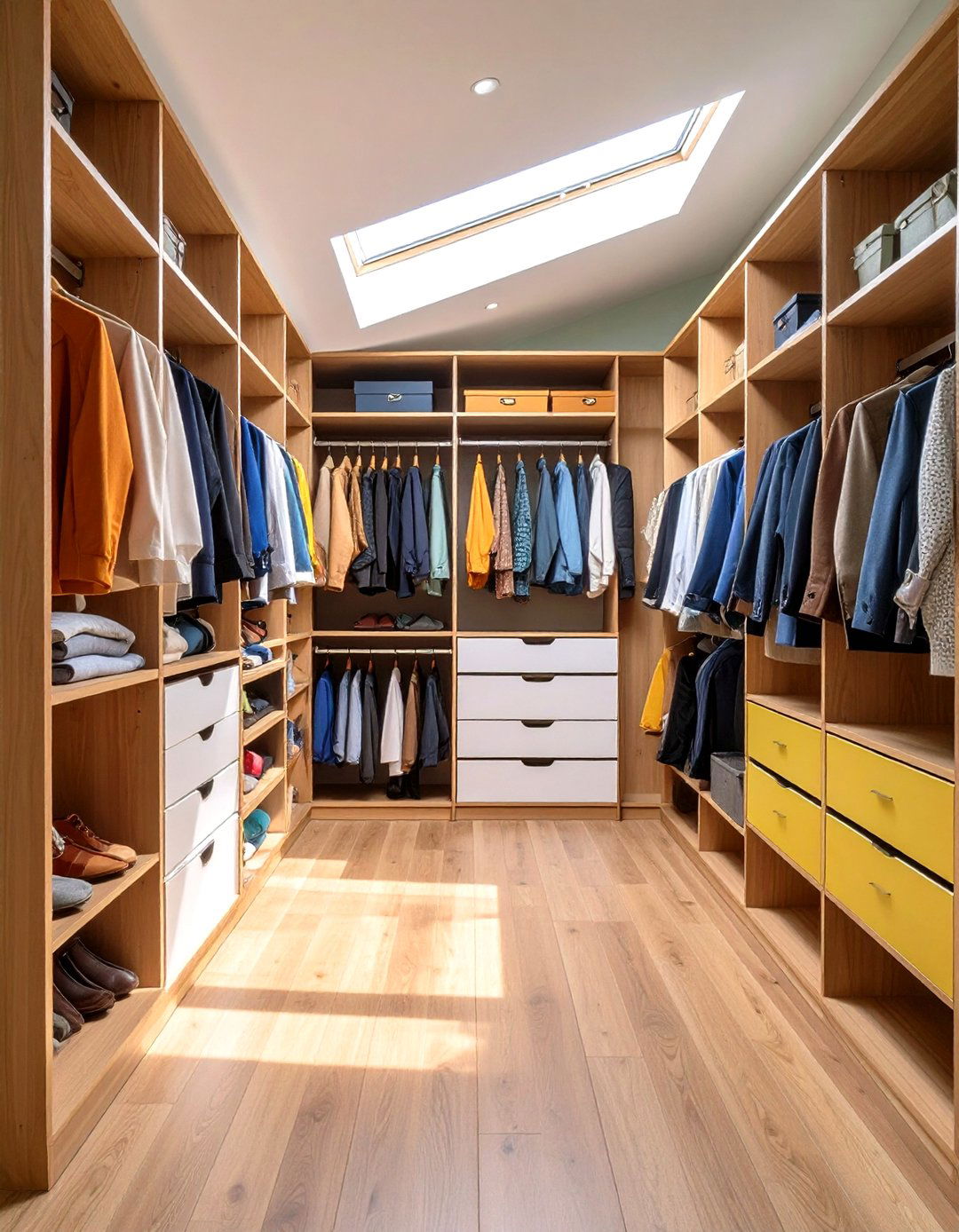
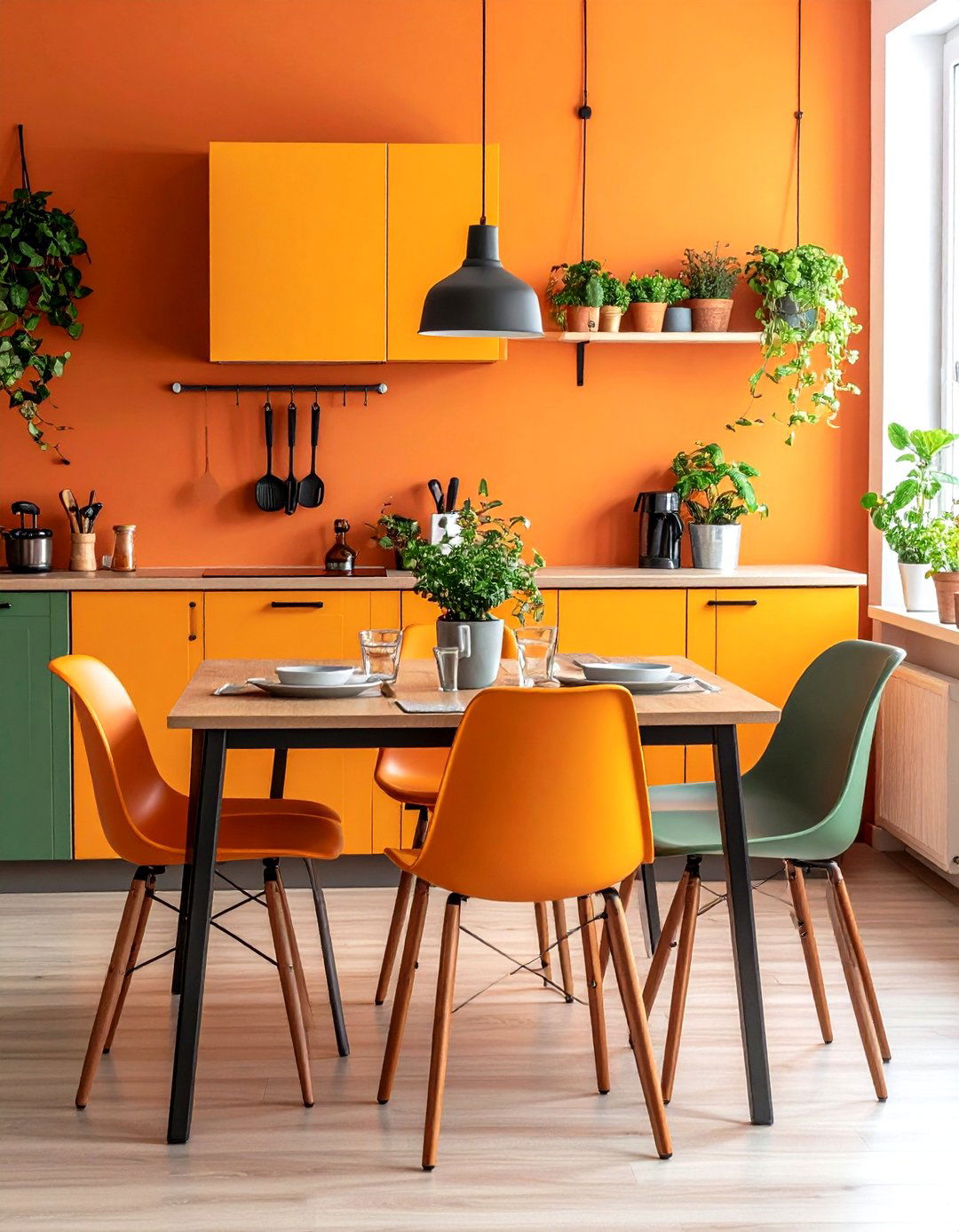
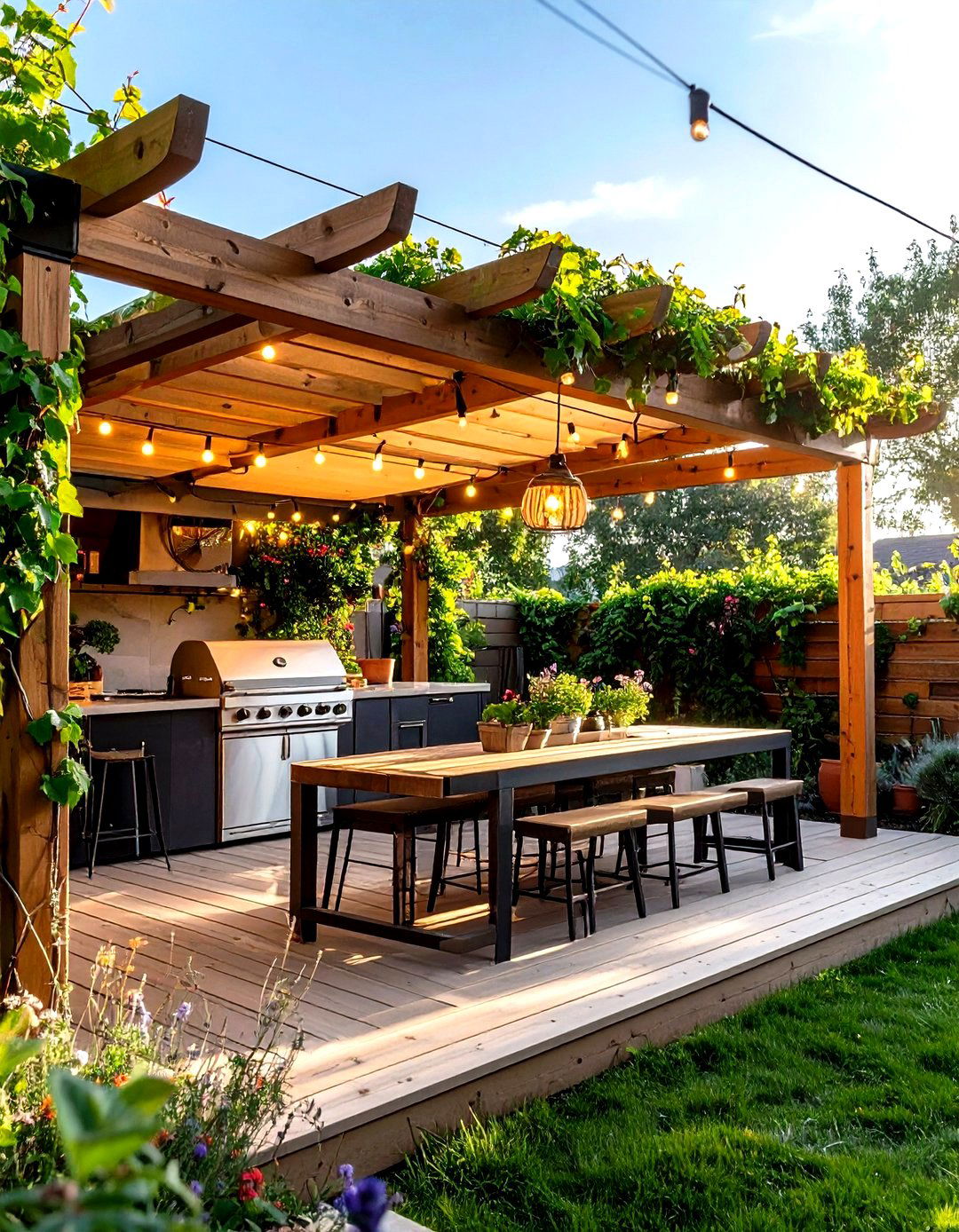
Leave a Reply